Travel guide to Madeira, the flower island in the North Atlantic off Africa’s coast
What to know when traveling to this year-round destination with mild, subtropical climate:
Have you ever heard of the flower island of Madeira? If you are European, you most probably have as it is a highly popular travel destination in the area. If you are American, you may not. Until recently, there was no direct flight from the U.S. to this beautiful mountainous island west of Africa. That changed in November last year, when SATA Azores Airlines launched its first-ever nonstop flight from New York City to Funchal, its capital. If you wonder why you should visit Madeira, I have compiled below all the important information that makes this year-round destination so attractive to (active) travelers.
Before I go into Madeira’s features, first a few lines about my motivation to advertise this island.
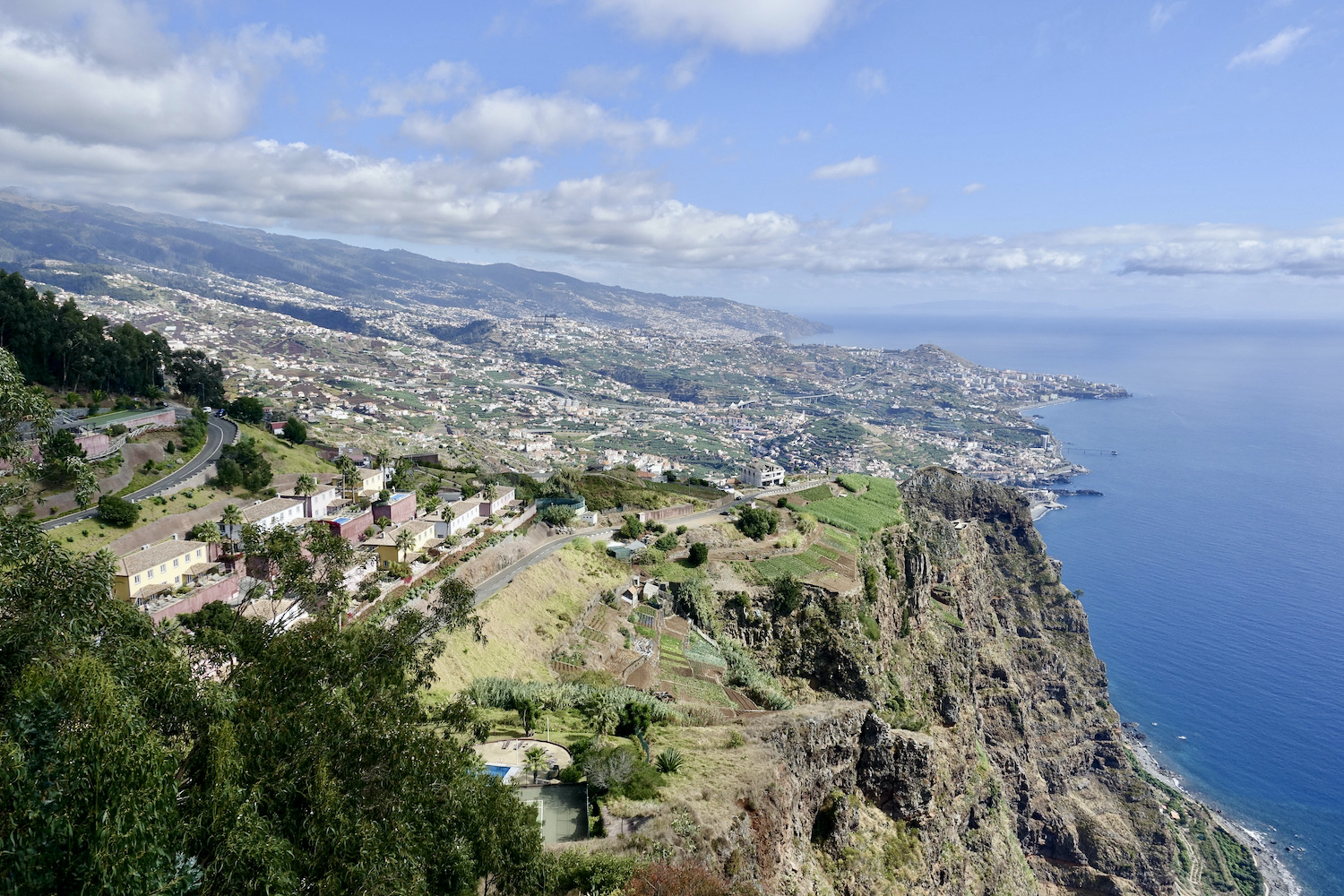
My relation to Madeira Island
While I usually write about where to stay and dine in style everywhere I go, I make an exception for this place. And that is because I became such a big fan of this island with its incredible diversity of flora. When I first visited Madeira back in spring 2007, I wanted to come back ever since. It took me 14 years to realize my intention. And this time came end of October last year. And again, I was totally awed by this island with its balmy climate and its lovely scenery.
Hence, I decided to highlight its important features before going into my usual writing about where to go for best luxury hotels and (Michelin) fine dining. Just a small spoiler, it does not disappoint in this aspect neither! And to my asthonisment, staying and and dining in style can be quite affordable in Madeira, too!
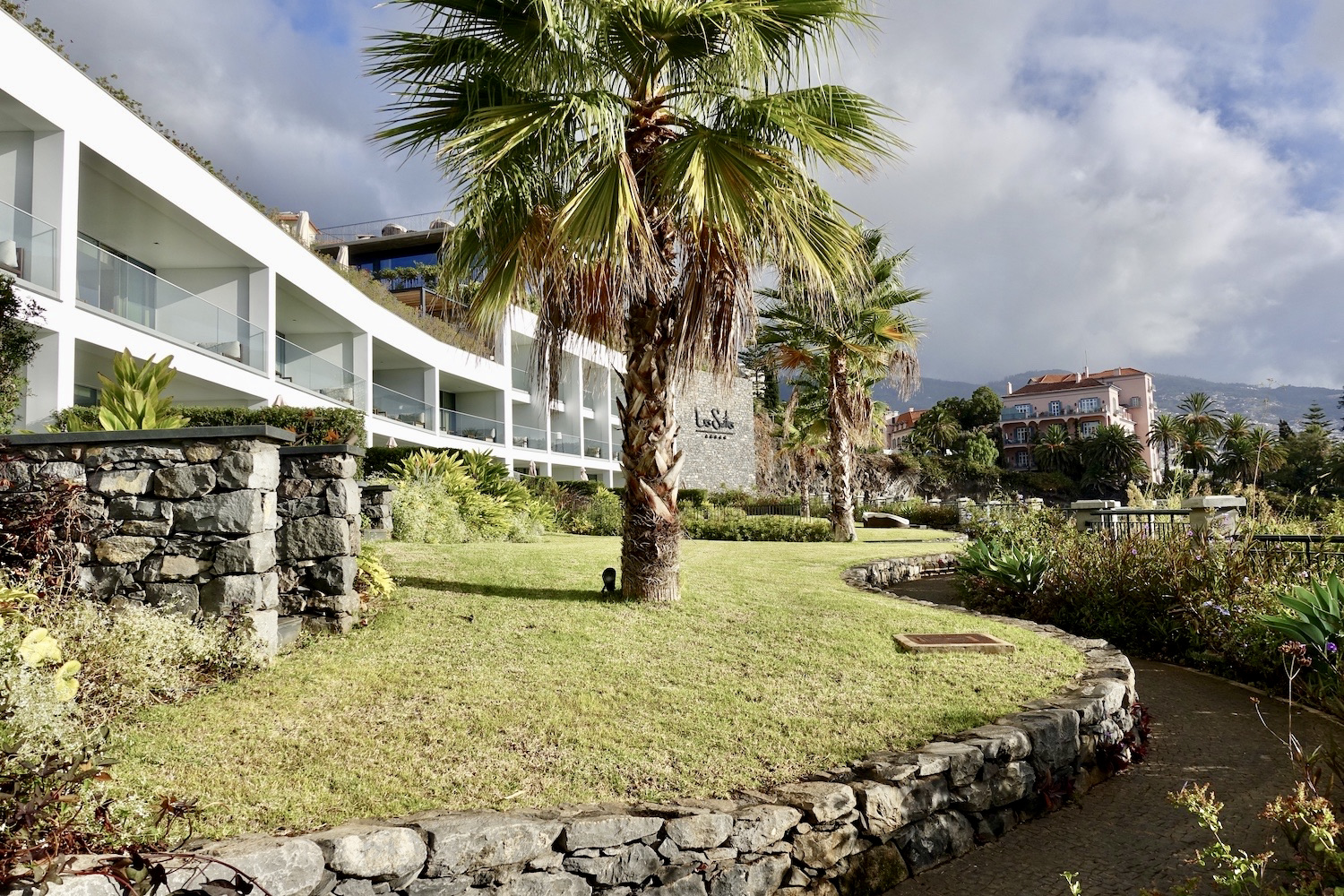
Now to everything you need to know about this autonomous Portuguese region. I especially address Americans in this context, who now have the chance to travel here by a nonstop eight-hour flight for the first time ever.
Madeira destination information
First, I will point out a few major facts about this island. Second, there will be more specific information on the individual topics.
What is Madeira known for?
- Madeira is a well-known and established travel destination (for Europeans, four-hour flight from many European countries).
- This island is one of the outermost regions of the European Union (in the North Atlantic off the African coast).
- It is a flower island; you find here a plant richness that is one of a kind.
- This place is a mountainous beauty where south and north side are quite different from each other.
- This autonomous Portuguese region is a year-round destination, the weather is always mild.
- While lounging poolside and oceanside is an option, Madeira is not a place for a conventional beach vacation.
- This destination is rather targeted for active visitors; there is a myriad of activities, especially “levada” walking (levadas are irrigation channels with bank side pathways).
- The island is famous for its historic Madeira wine, which is a fortified resp. liqueur wine
- Madeirans are joyful, hospitable and open-minded; and they have a good to excellent command of English
So much to key sentences about Madeira. Next are more details to the respective points.
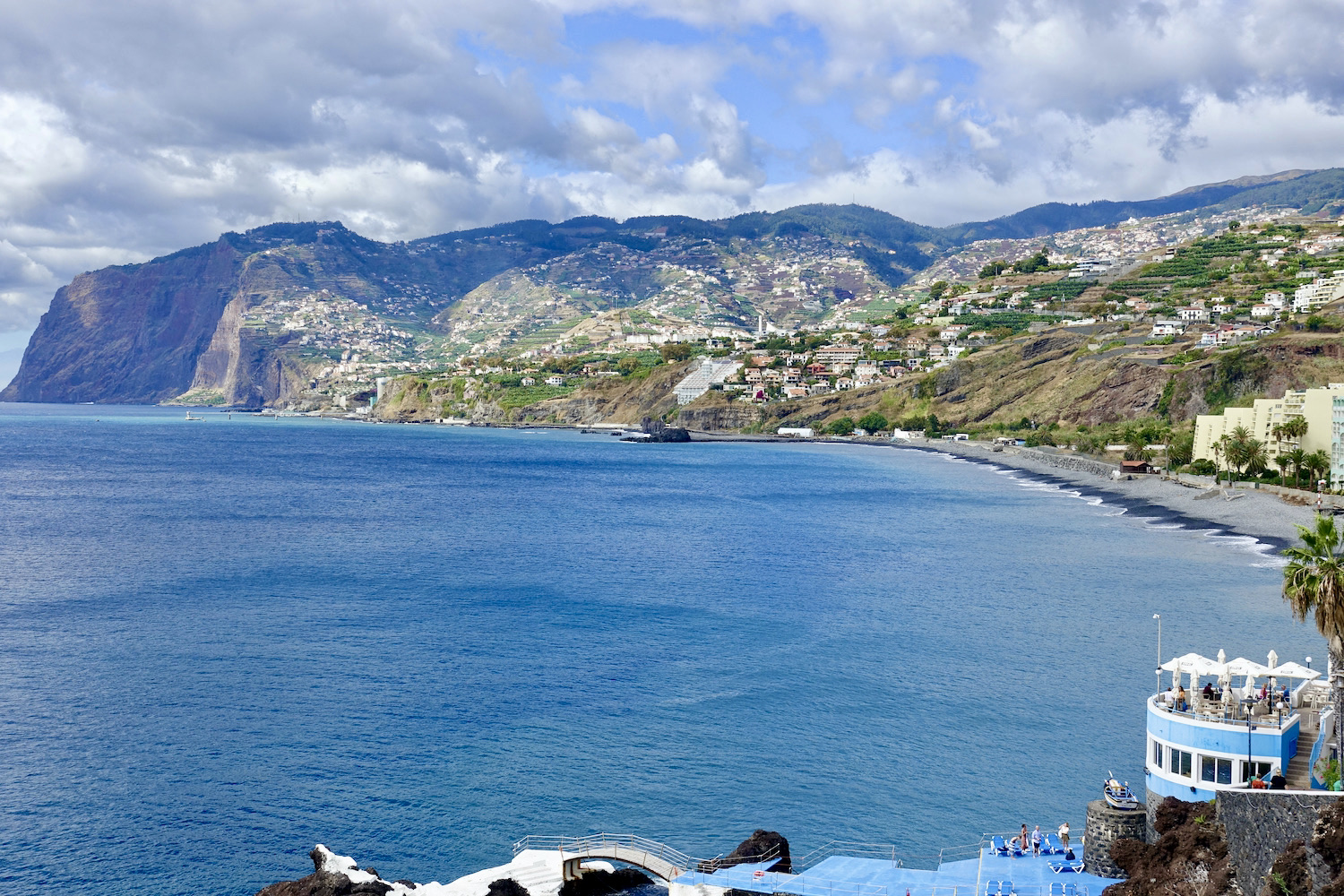
Where lies Madeira?
Madeira Island is part of the Madeira Archipelago, along with Porto Santo Island as well as the Desertas and Selvagens Islands. It is in the North Atlantic, 900 km (560 mi) from mainland Portugal, 600 km (375 mi) from the Moroccan coast and 450 km (280 mi) north of the Canary Islands. While Madeira belongs to Portugal, it is an autonomous region. And this island is one of the outermost regions of the European Union.
Funchal – that means fennel bay – , on the island’s south side, is Madeira’s capital. It is by far the biggest town here, where roughly half of its quarter million residents live.
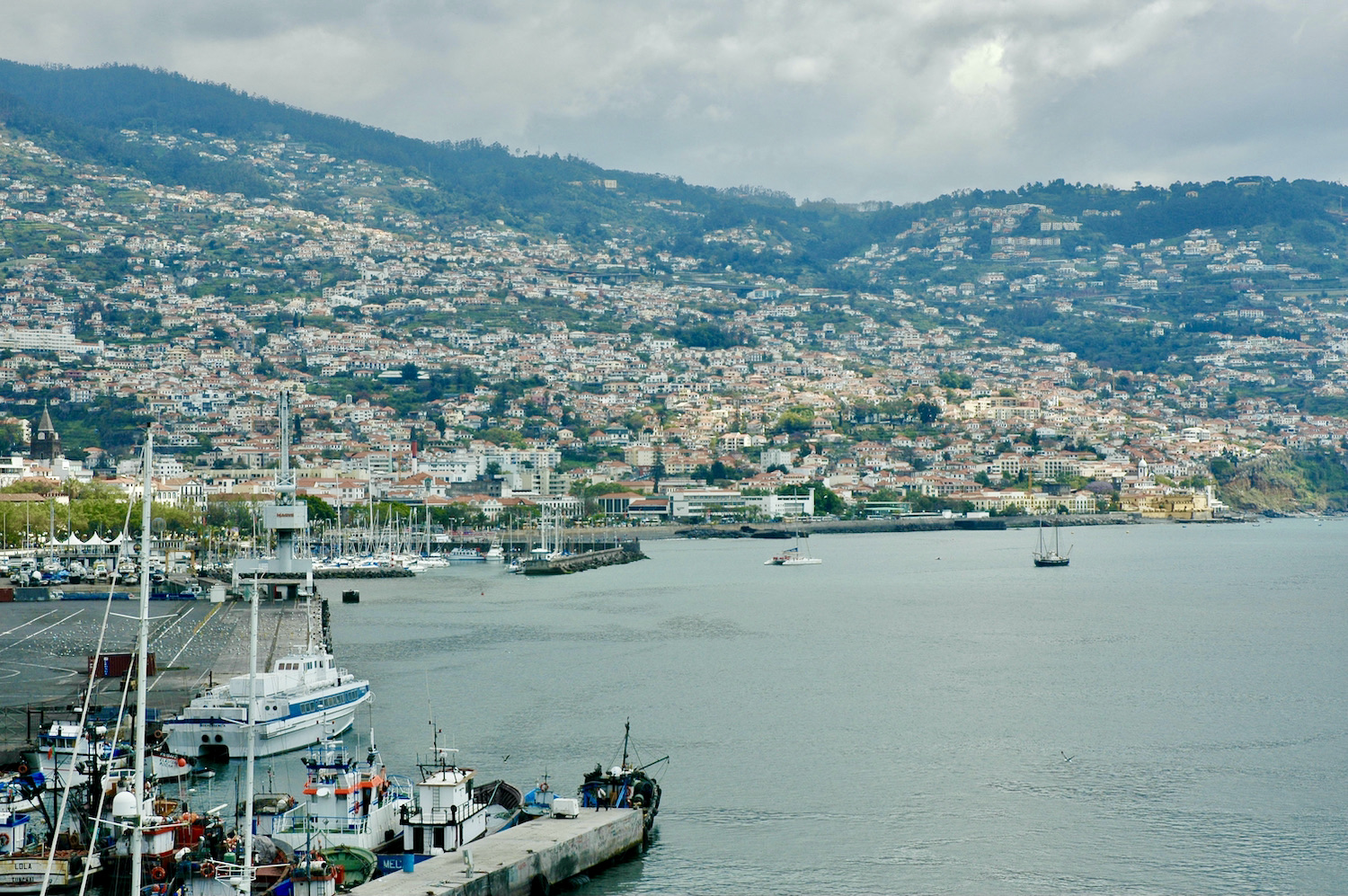
What can you expect in terms of nature and landscape in Madeira?
Madeira’s creation is the result of volcanic activity. It is also called a flower pot due to its form. On both sides of the mountainous island center, there are high plateaus. You find here deep gorges that open up into wide valleys on the coast. Sandy beaches are scarce – and if there are, they are with black sand, because of the island’s volcanic origins. Instead you find lots of jagged cliffs.
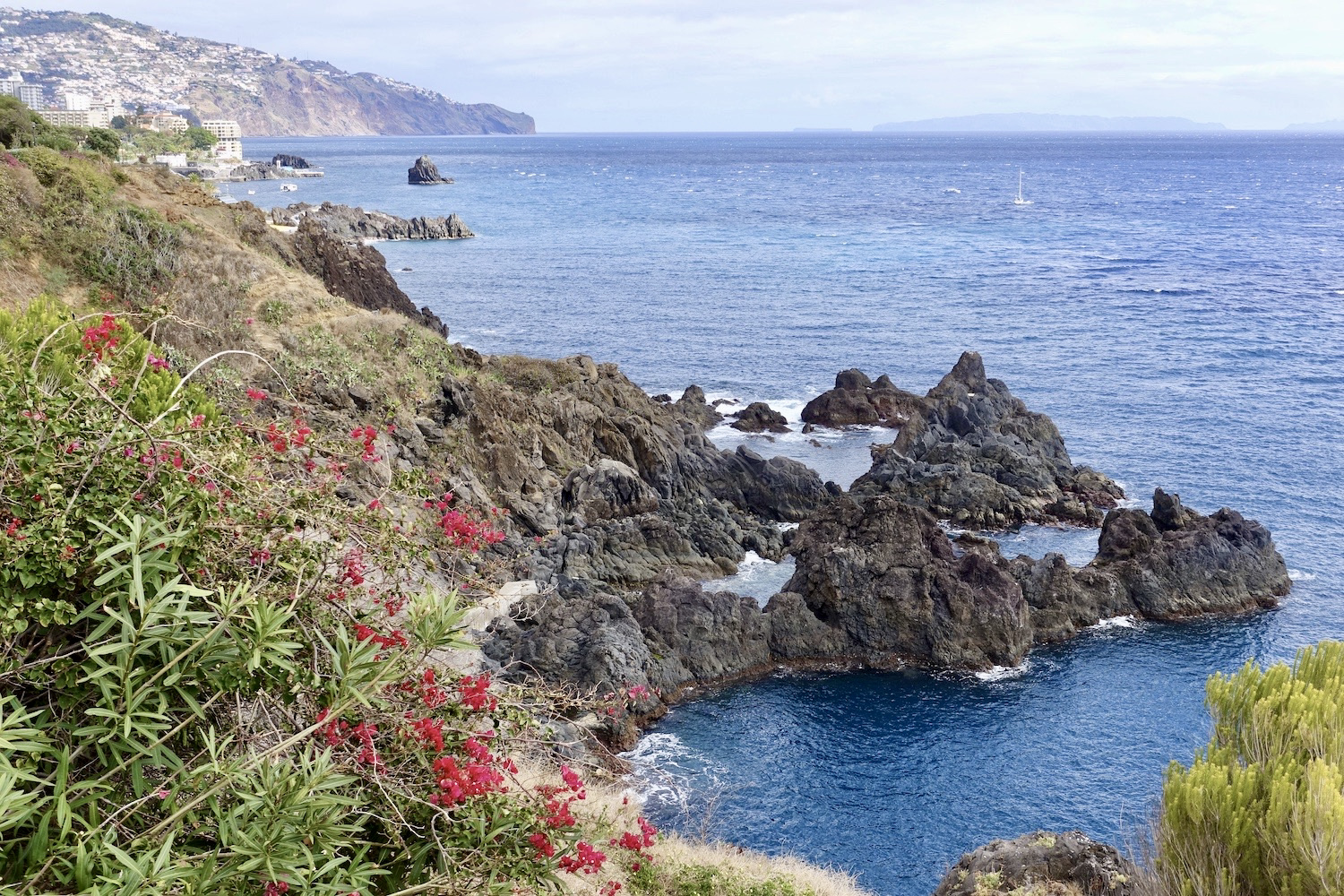
When the first settlers arrived in the 15th century, everything was densely wooded. That is the reason why they called it Madeira, which means wood. It was prehistoric laurel wood, which has been a UNESCO World Heritage Site since 1999. The settlers cut down this primary laurel wood almost completely. Nowadays only scant leftovers of it remain. Nevertheless, there is still lots of (secondary) tropical greenery. From 700 to 1,550 m (2,300 ft to 5,090 ft) you find subtropical laurel trees, higher up fern and bushes. Two thirds of the island are under nature protection.
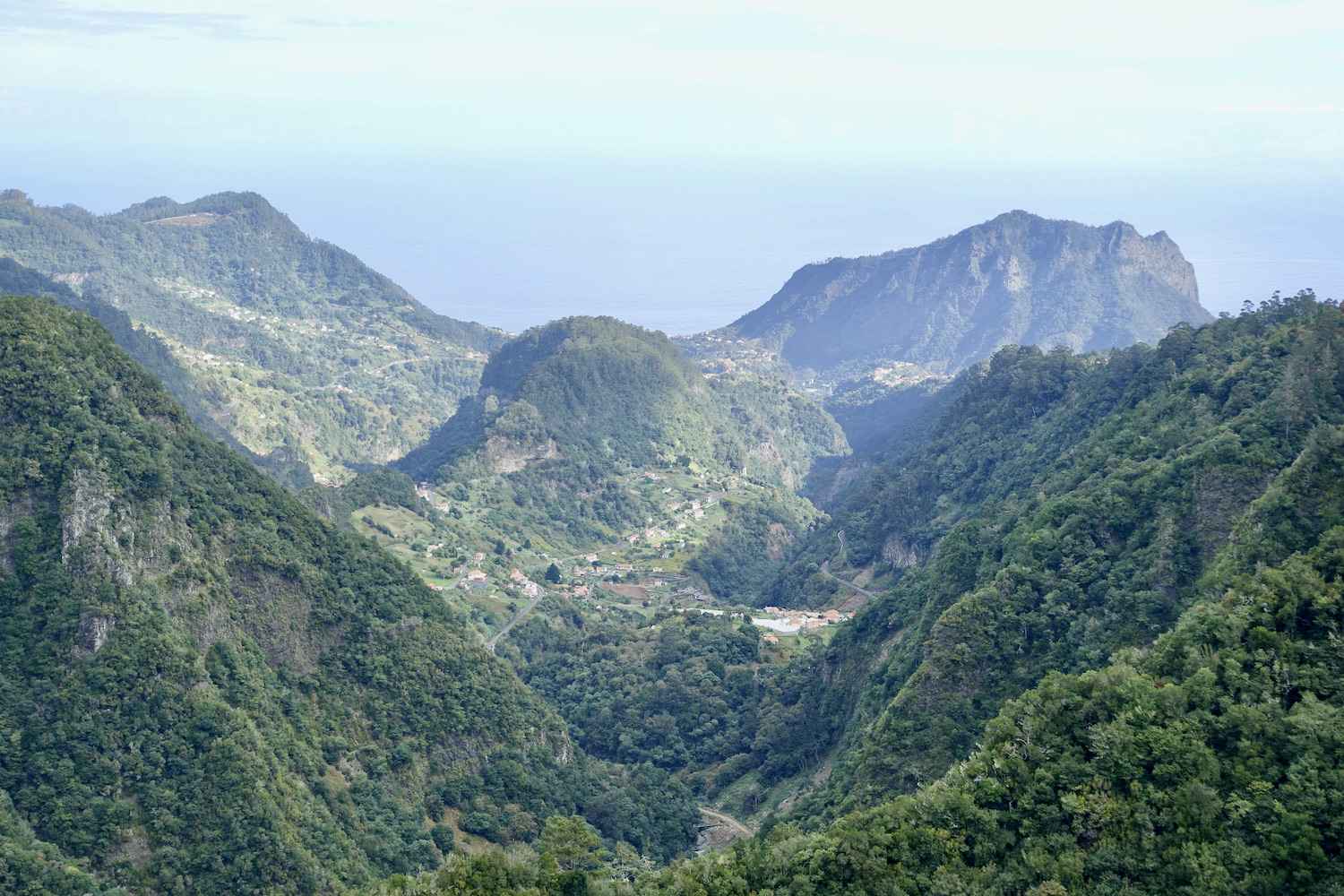
In terms of crop plants, the settlers started with sugar cane. This plant was quickly repressed by vineyards (for the famous Madeiran liquor wine). Other plants just as bananas, maracujas, guavas, papayas and mango were also introduced.
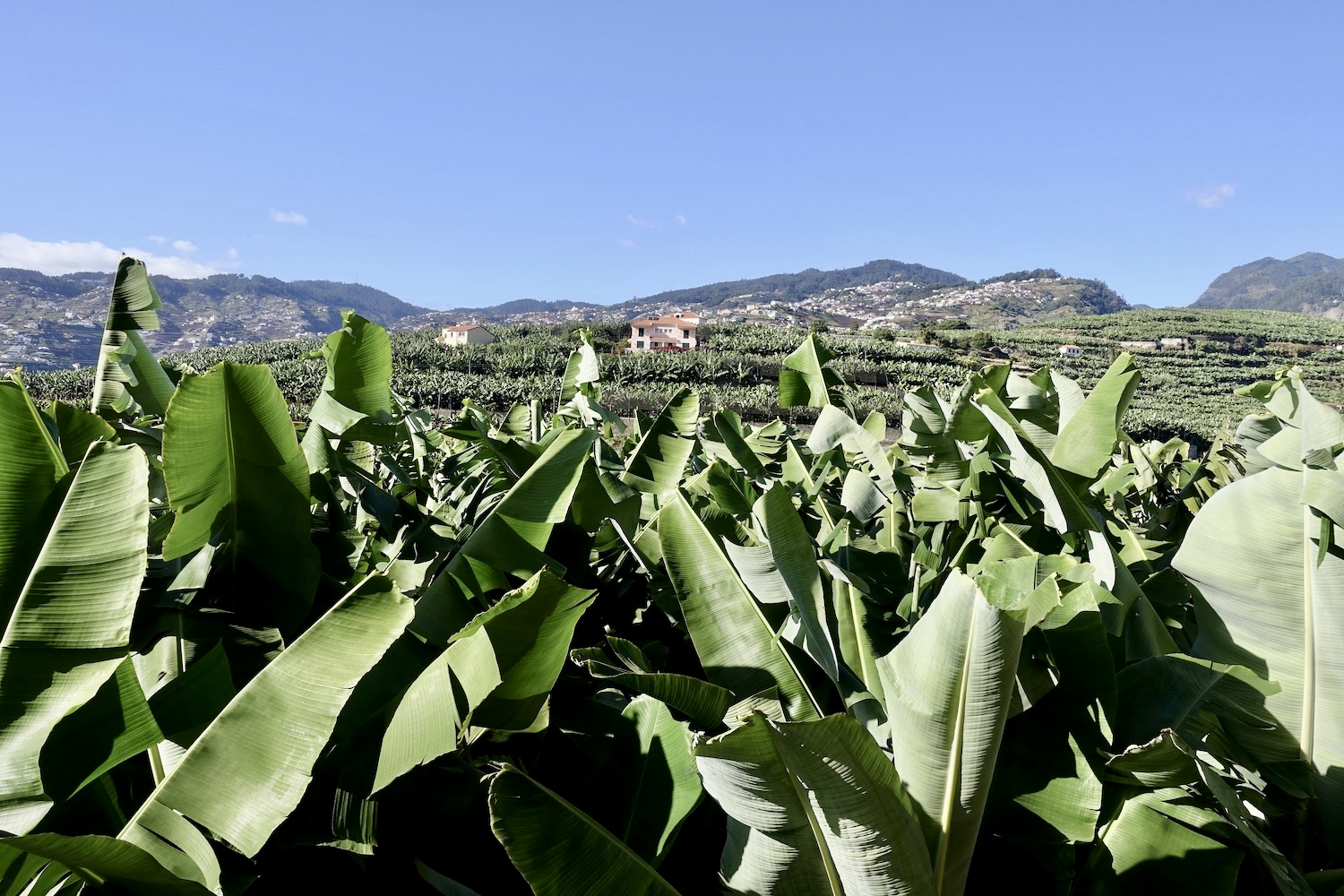
Worth a mention in this context might also be the Dragon Tree. It is endemic only to Madeira, the Canary Islands and Cape Verde. While it used to be abundant in Madeira, the tree population was cut down because of its plant sap, the dragon blood. The red sap was used a coloring agent. Nowadays, you find this tree almost exclusively in the island’s botanical gardens.
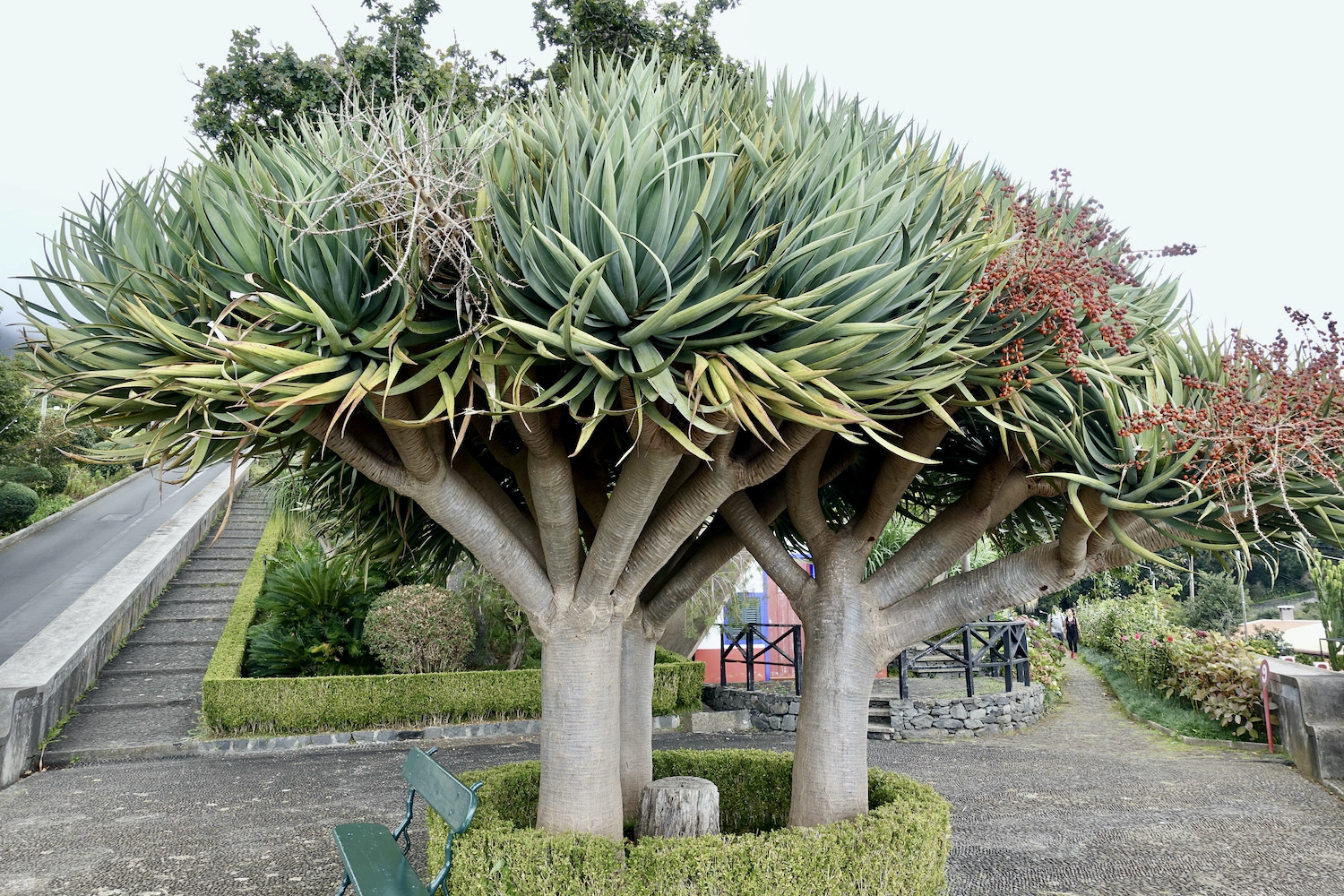
Why is Madeira called flower island?
Madeira’s volcanic soil is fertile. In addition, there are humid trade winds that cause a relatively high precipitation throughout the year. Both together with lots of sunshine results in an incredible diversity of flora. I have already gone into the subject of the laurel forest above. Now, it is the turn of flowers.
Most of the flowers you find here are not endemic. In the 18th century, merchants brought exotic plants from all over the globe to Madeira. And this because the island served as a stopover on their way to England. Here they could acclimatize in the mild climate before they were shipped to their final destination. From South Africa stem the birds of paradise or the torch lily. Japan supplied hydrangea
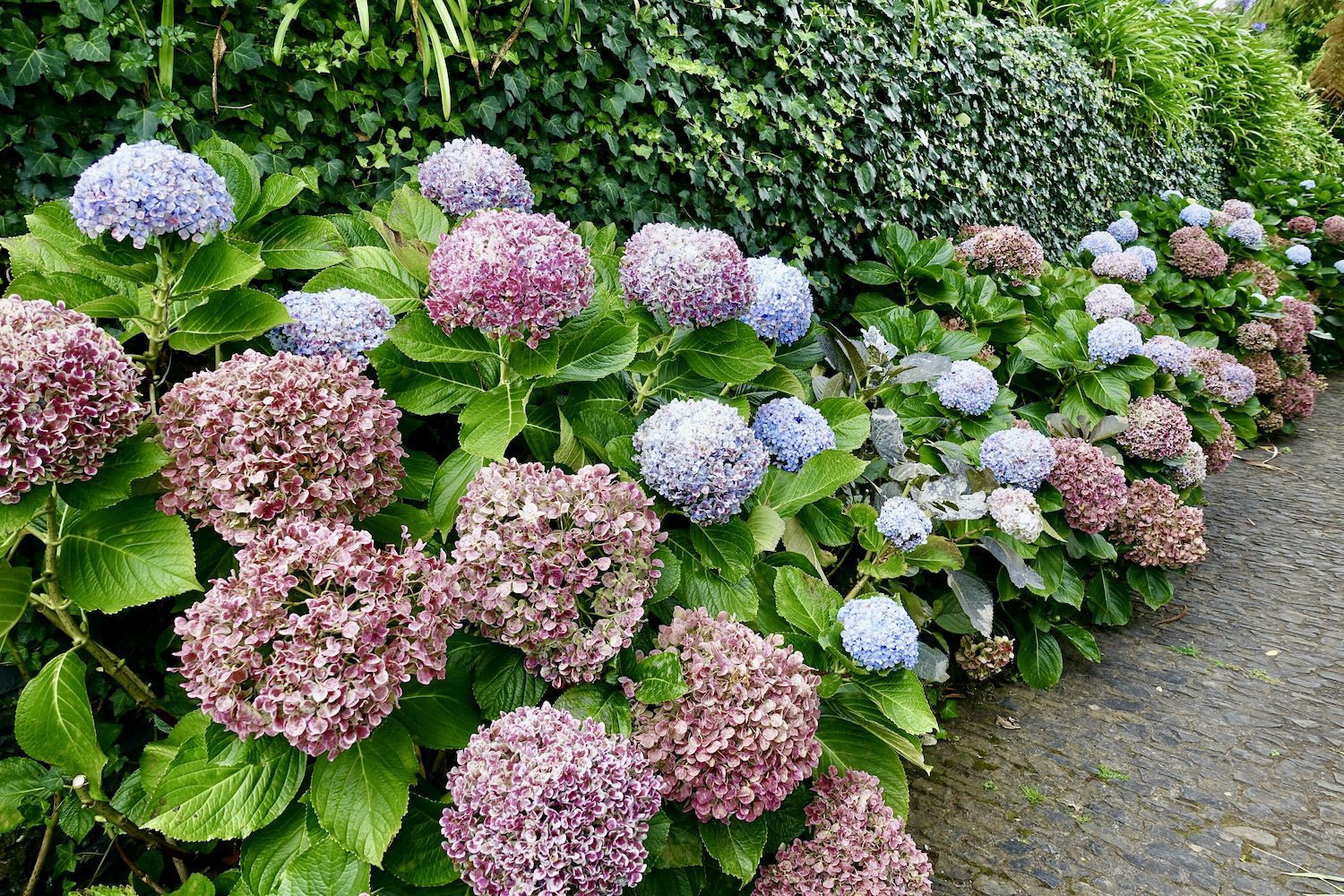
or orchids.
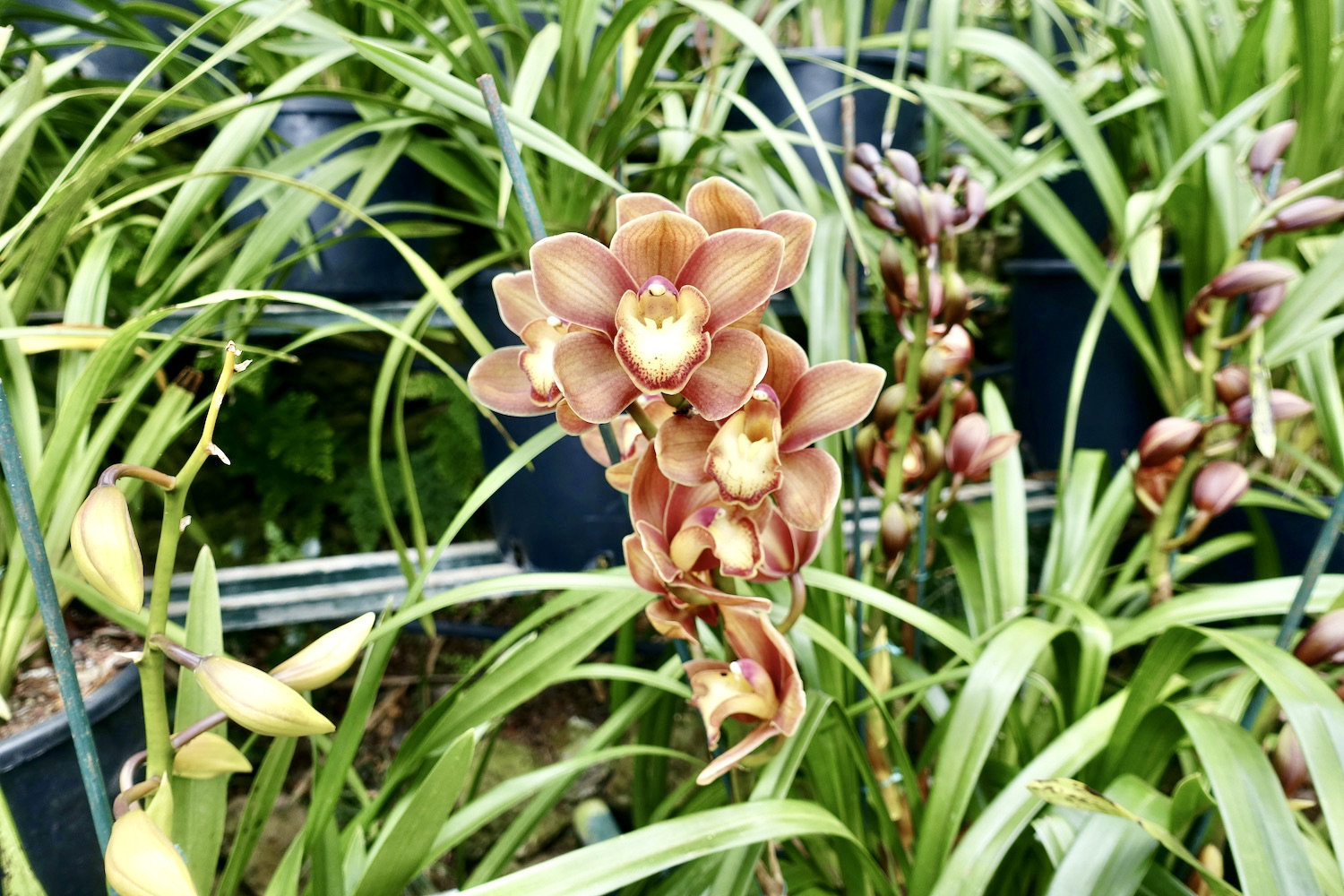
Mexico was the country of origin of dahlia or zinnia.
If you want to have a close look at Madeira’s sea of flowers, visits to the Madeira Botanical Gardens
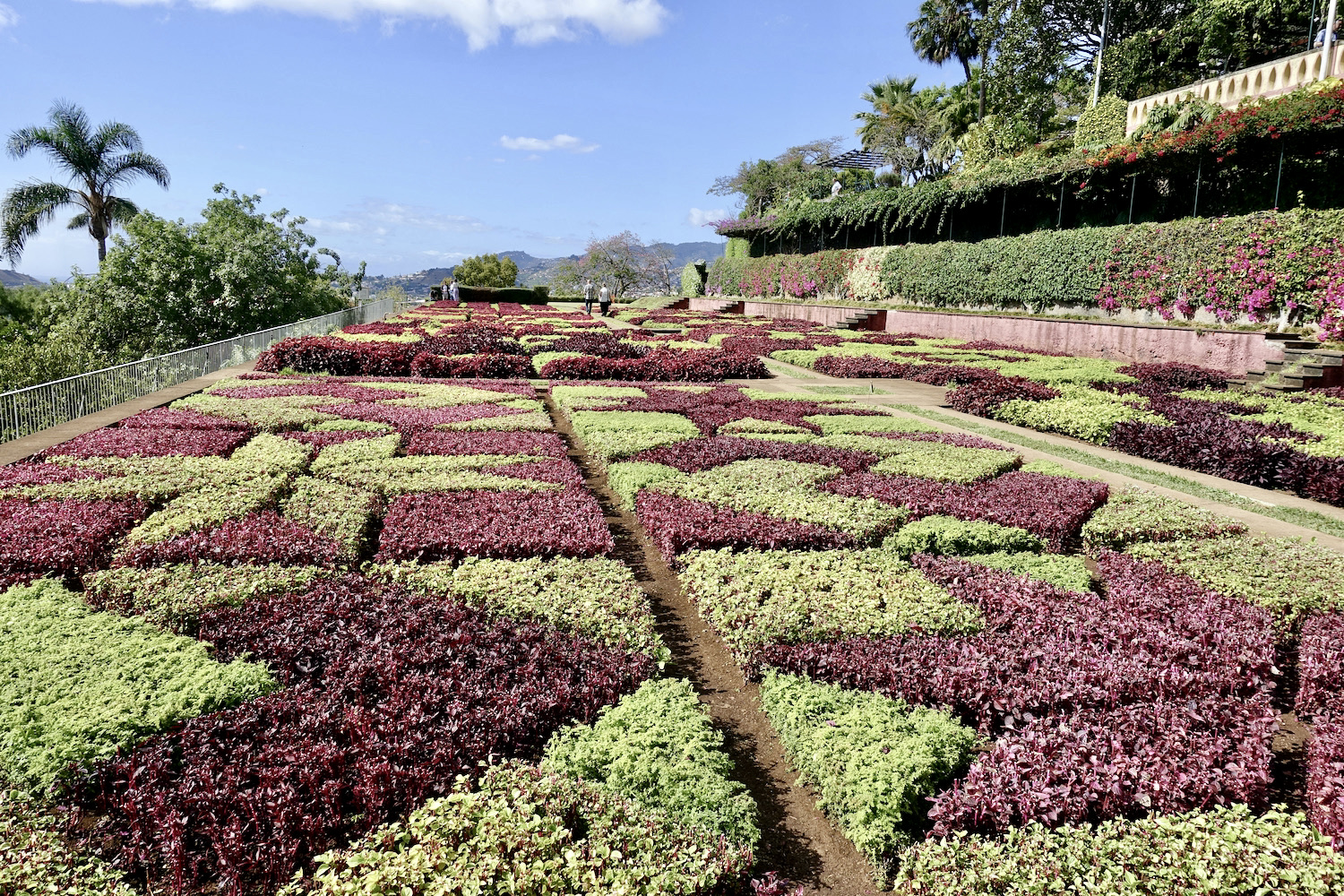
and the Monte Palace Tropical Gardens are must-do activities.
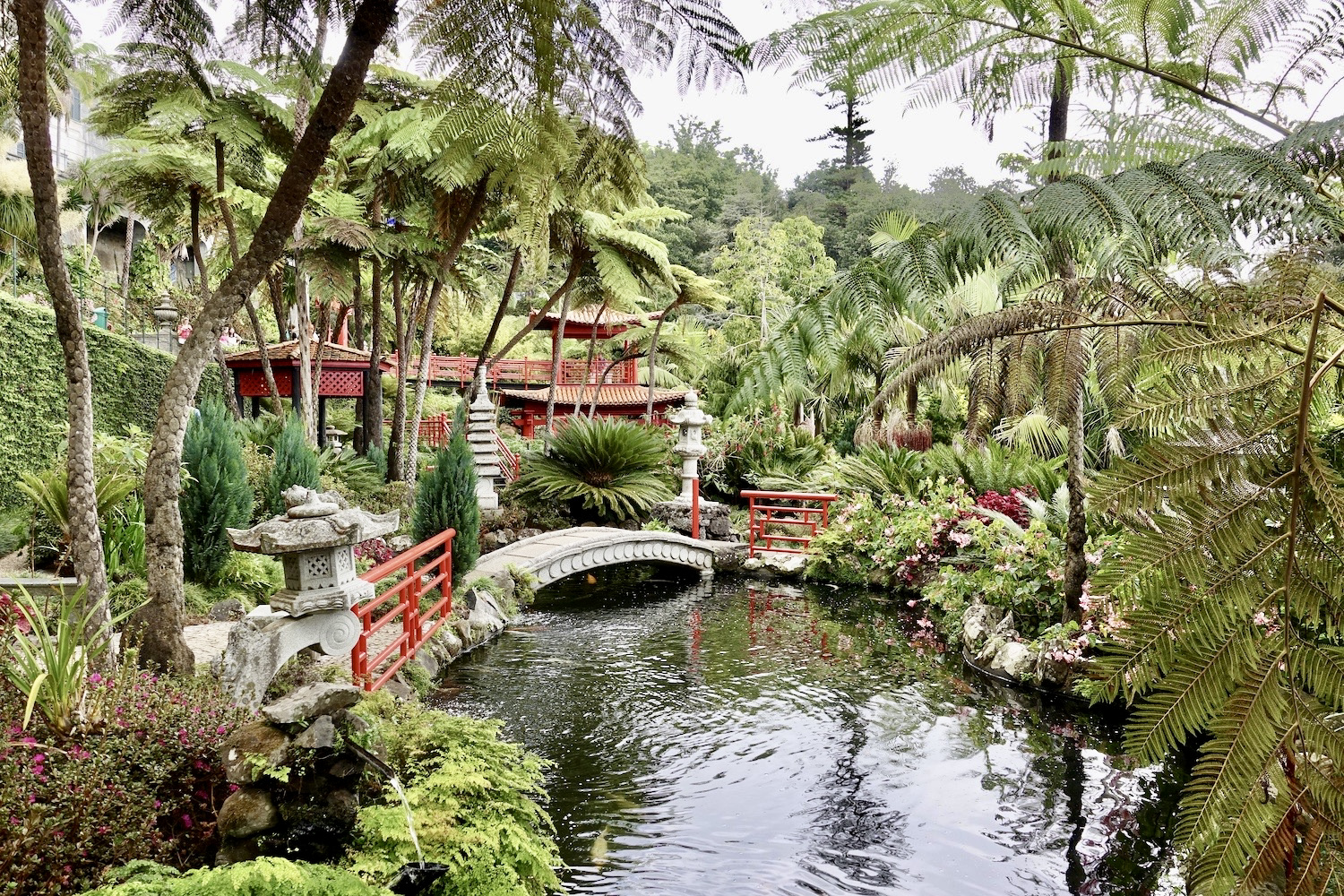
The former is a 80,937 sqm (20 acres) property with magnificient views of Funchal. They used to be part of the William Reid’s estate (the owner of the famous Reid’s Hotel). These gardens feature more than 2,000 species of exotic plants and is divided in five different parts. The latter is located even higher up above Funchal in Monte and covers a surface of 68,800 sqm (17 acres). Here you find 1,000 plant species plus one of the largest cycad collections in the world. It is well worth a wander around their maze of pathways.
What is known about Madeira’s history of tourism?
Madeira has a long history of tourism. It all began with its important position on the route to colonies and trading points as from the 15th century. Especially British merchants also set up their own trading firms here. First they traded with sugar, then with wine. And a small but powerful group of British residents in Madeira developed.
After this kind of “colonial tourism” there was a shift to “therapeutic tourism” in the 19th century. Madeira was advertised as health resort whose climate was thought to have positive effects on pulmonic diseases. Britons arrived first, then also people from other nationalities, mainly members of the wealthy European aristocracy. While at the beginning most thought of this island essentially as a therapeutic port, this changed soon. More and more people visited Madeira because of the beautiful scenery and/or in order to spend the winter here.
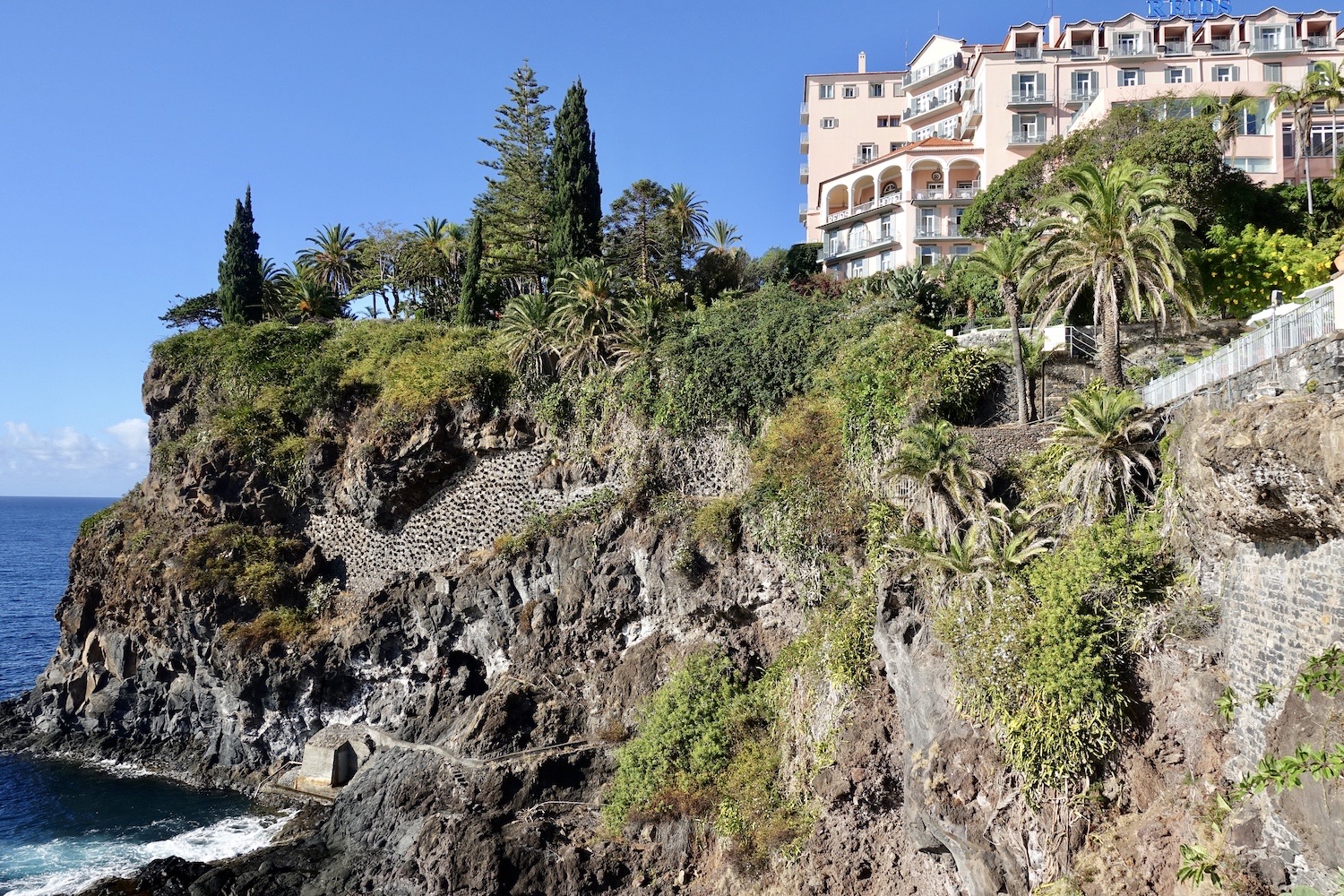
For a long time, Madeira relied on elite tourism. Until the 1970s, there was a high number of four and five star resorts but few others. From the 1980s, the infrastructure of lower-priced lodging was improved. Today, the island is a highly popular tourist destination with roughly eight million overnight stays by visitors (2019). It is also a favored port on the Atlantic cruising routes. Cruise ships are docked at Funchal’s port every day of the week.
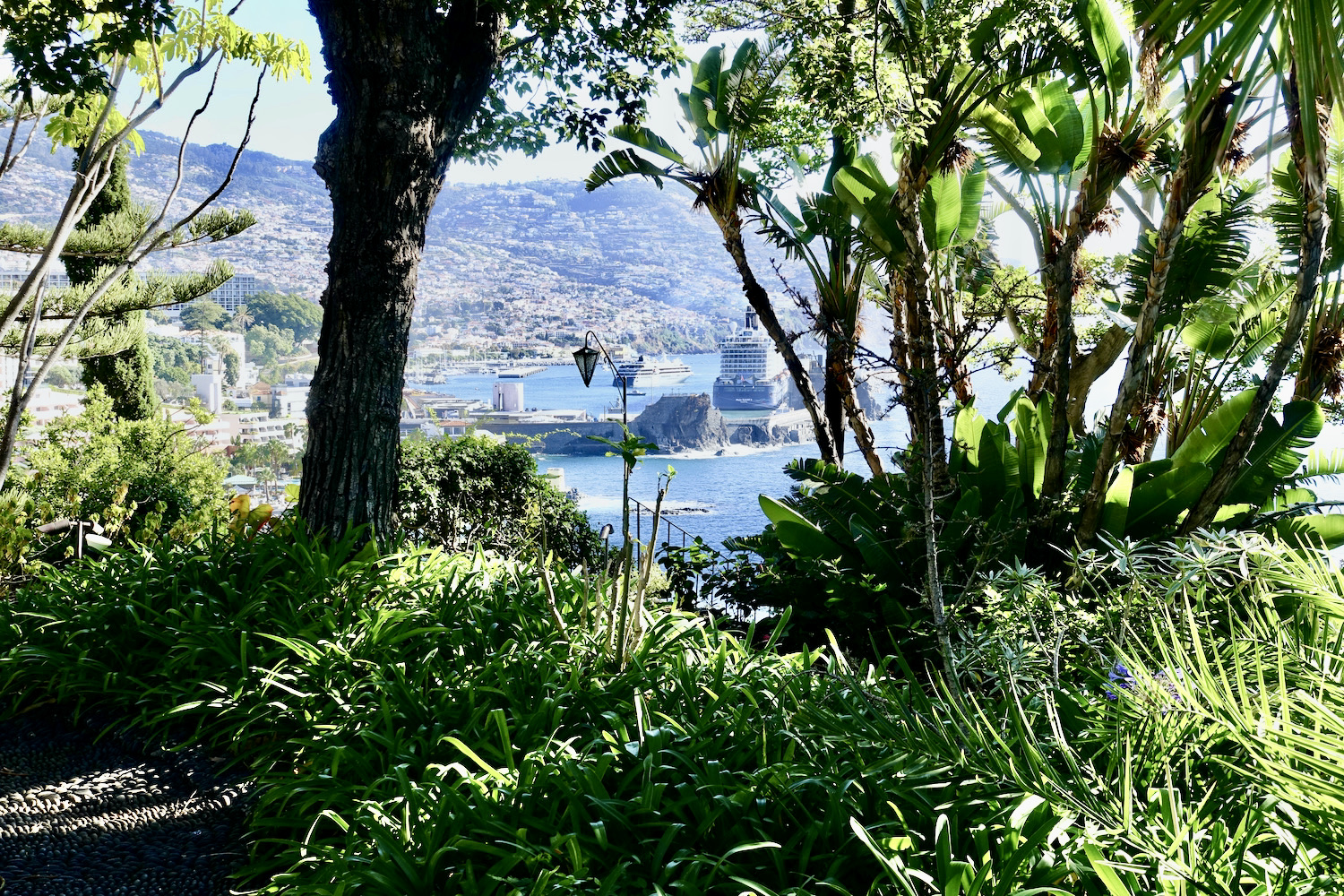
Most visitors come from the United Kingdom, Germany and France.
When is the best time to visit Madeira?
Actually, there is no bad time for visiting the subtropical island of Madeira. The weather is mild all year round, with summer highs of 24°C (75°F) and lows of 17°C (63°F). Winter temperatures are 4°C (39°F) lower. In summer, they may climb up to 30° (86°F), especially in Funchal. Then it might get hot and stuffy in Madeira’s capital, so locals escape to the mountains. Also some waterfalls might dry up in this time. In winter, there is more rain. It may also snow at that time at high altitudes. And you might need a sweater or windbreaker there in summer, as well.
Water temperatures are similar to the air temperatures. From July on, there are pleasant temperatures of 20°C (68°F) to 22°C (72°). And this is until October and sometimes longer. You might even be able to swim in the ocean in December and January.
You have to be aware of the fact that Madeira is not your typical beach vacation destination. This is due – as I mentioned above – to the lack of sandy beaches but also to the weather. In contrast to the stable temperatures, it is capricious. You have to know that there is a clear separating line between the island’s north and south. Bad weather mostly comes from the north, often rain clouds get stuck here. And it rains much more here than in the south. Quite often, you can experience the island interiors and the north only in the morning without rain gear. And weather changes occur fast.
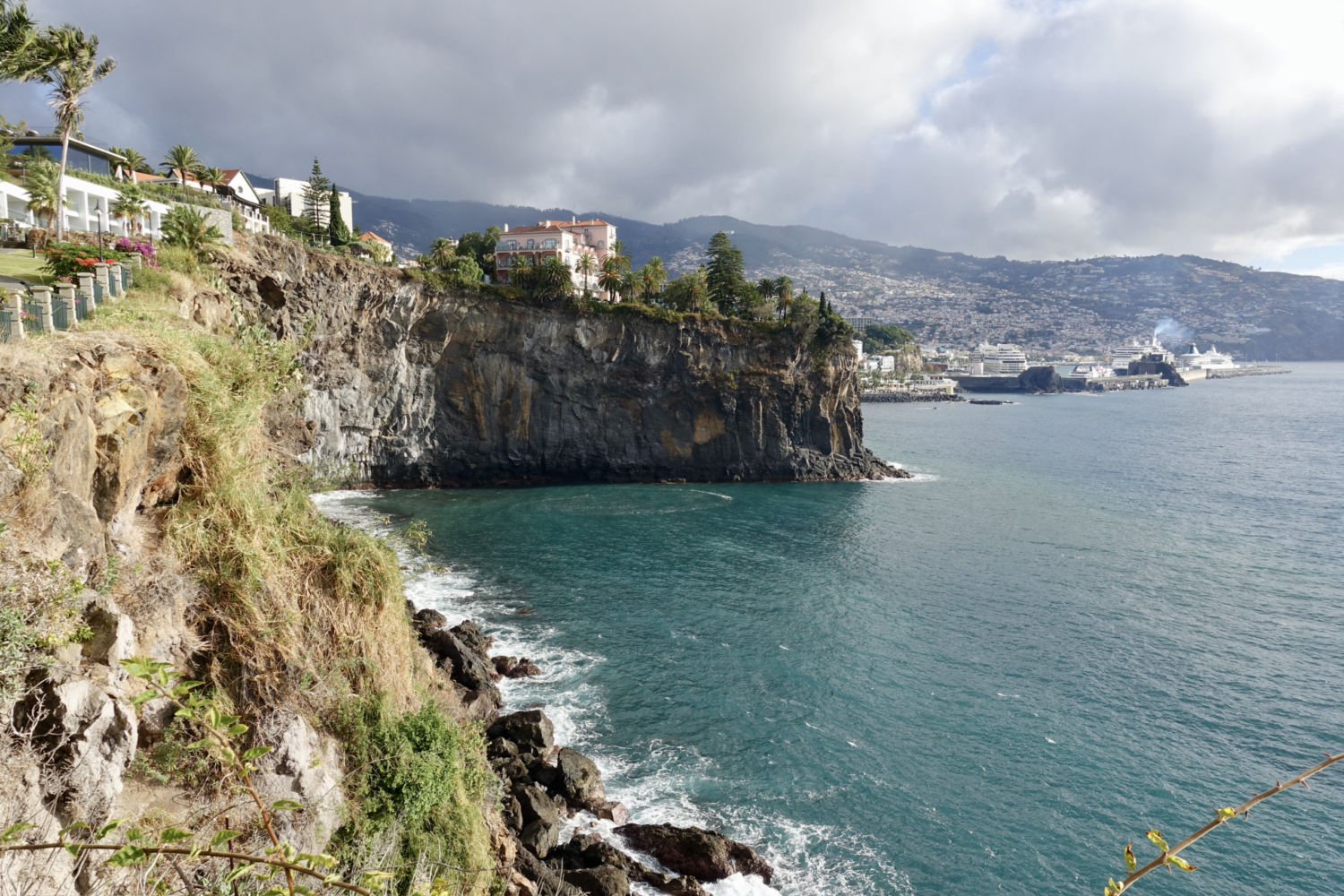
Best travel times to visit Madeira are either spring – when plants are in full bloom – or fall – when it is still possible to swim in the ocean. Yet summer might also be favorable if you do not mind possible heat and humidity (in Funchal).
How do you get to Madeira?
Many European airports have direct flights to Madeira Airport (FNC), which is also known as Cristiano Ronaldo Madeira International Airport. If you wonder about this name, Cristiano Ronaldo is Madeira’s most famous citizen, a very known football/soccer player. The flight time to Madeira is about four hours from a great number of European countries.
From Switzerland for example, Edelweiss offers up to three direct flights from Zurich to Madeira, with a flight time of four hours.
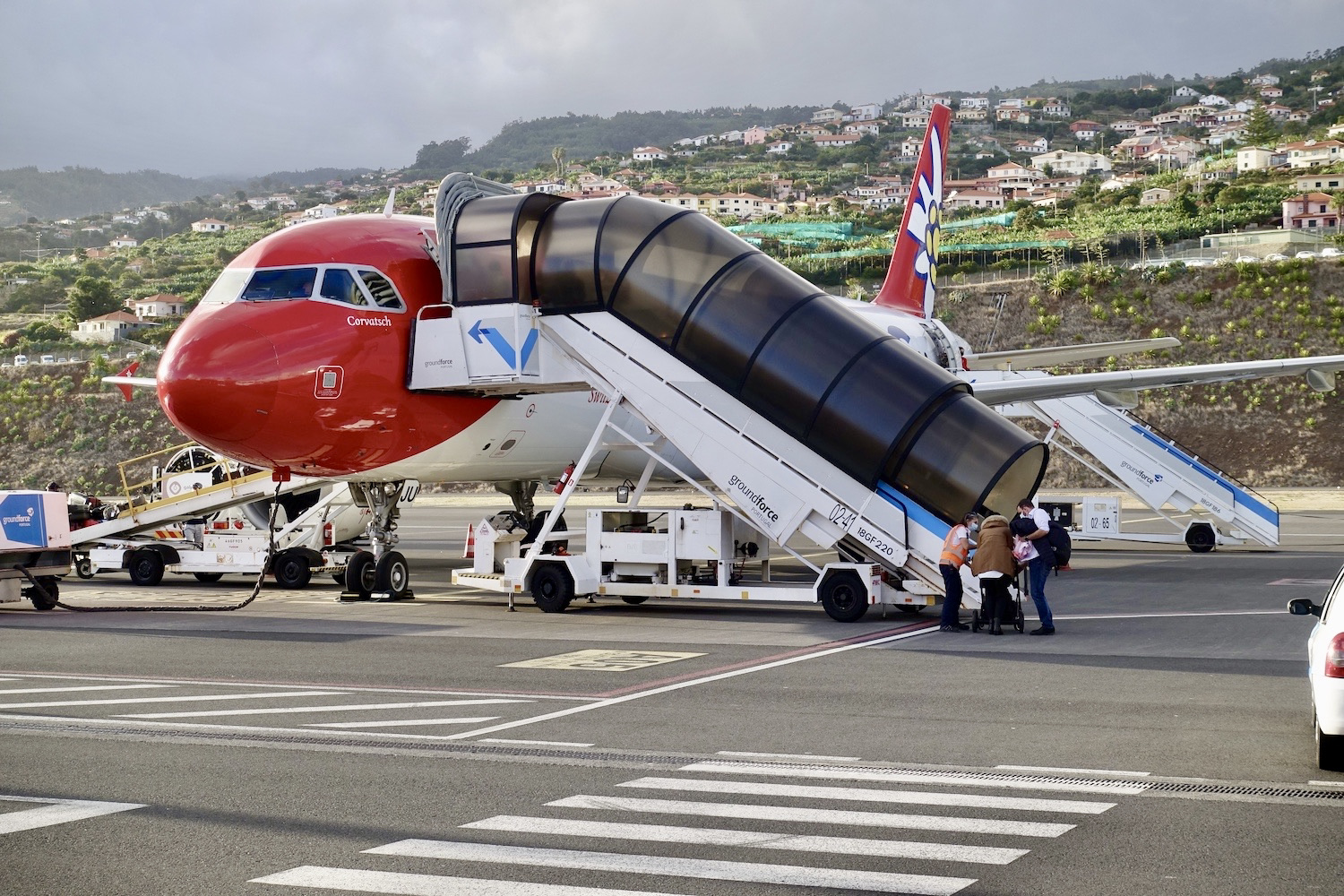
As from November of last year, Madeira launched its first-ever nonstop flight to Funchal from New York City’s John F. Kennedy Airport. And this with SATA Azores Airlines in partnership with Inovtravel, a Portuguese tour operator. The flight time is about eight hours. As far as I know, this connection only takes place in the winter half year.
What kind of activities are possible in Madeira?
I already mentioned that lounging poolside
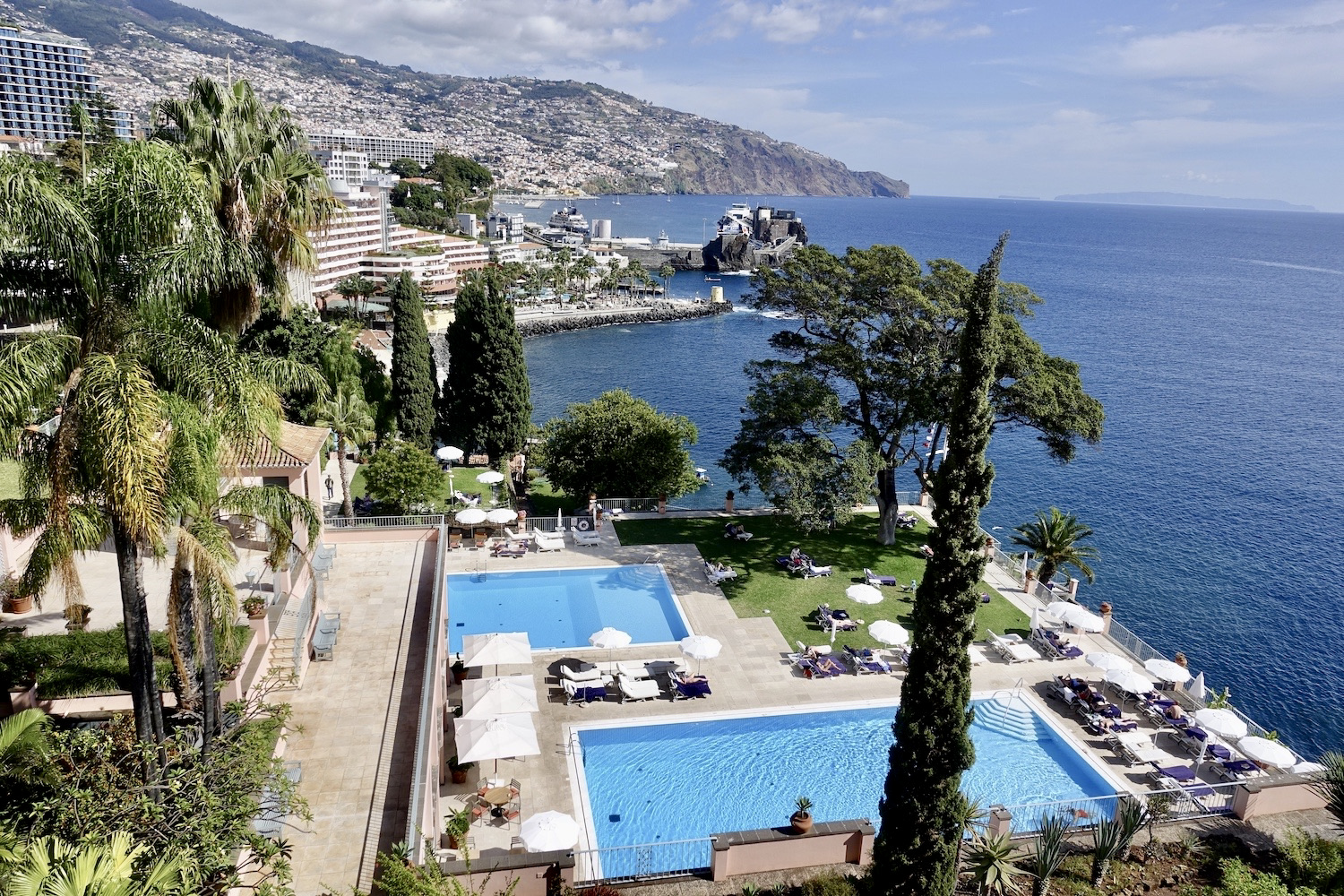
and oceanside
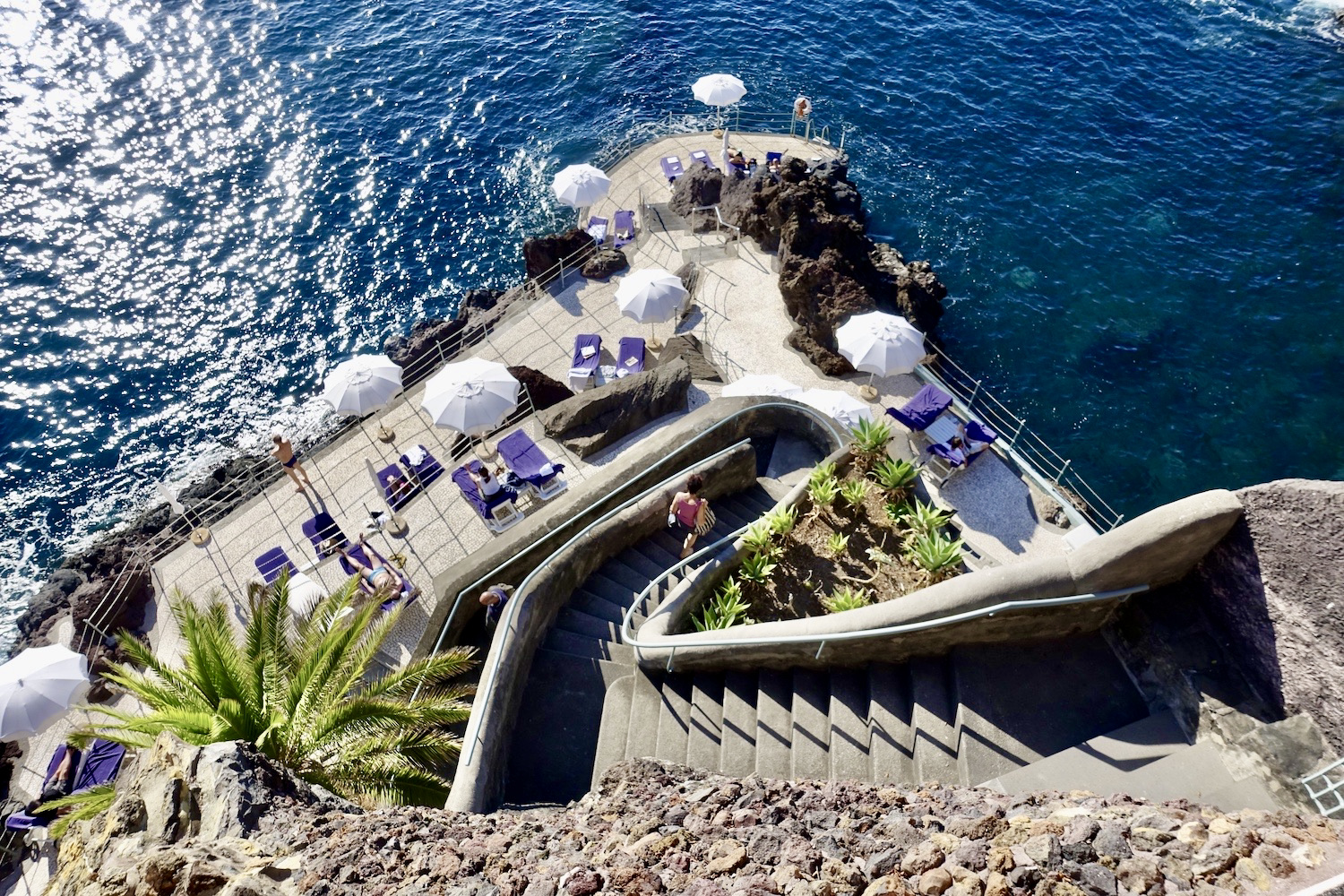
is possible yet should not be the only reason to visit Madeira (it is no typical beach destination and weather may be capricious). However, it is the ideal place if are into active travel.
The range of possible things to do is wide. One of the most favorite activities is walking/hiking.
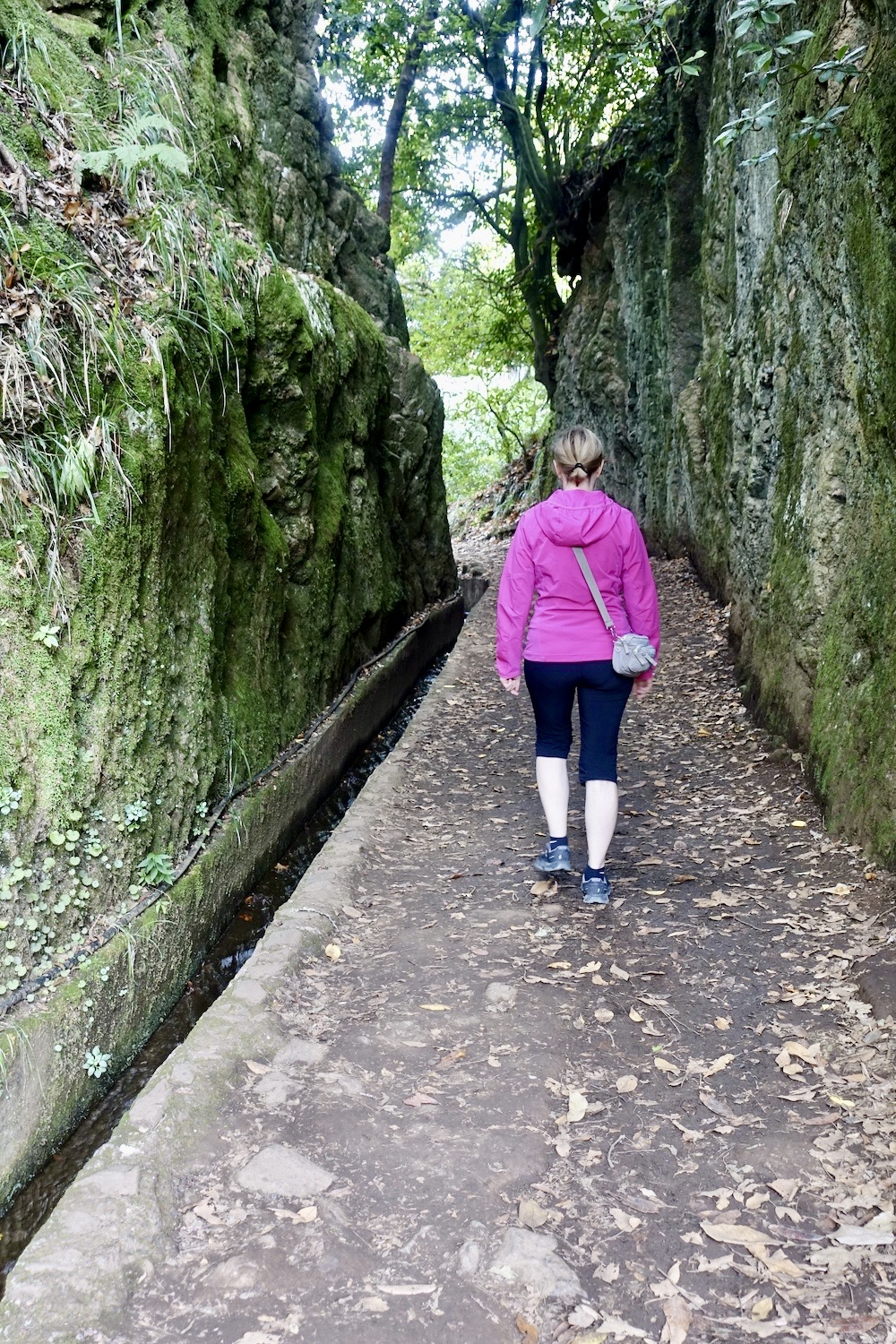
There is a unique network of narrow irrigation channels known as levadas at your disposal. They were originally dug to transport water from the rainy north to the dryer south. They are still in use, and their banks also serve as pathways for walkers/hikers. The levadas cover almost the whole island. You even find an urban one in Funchal!
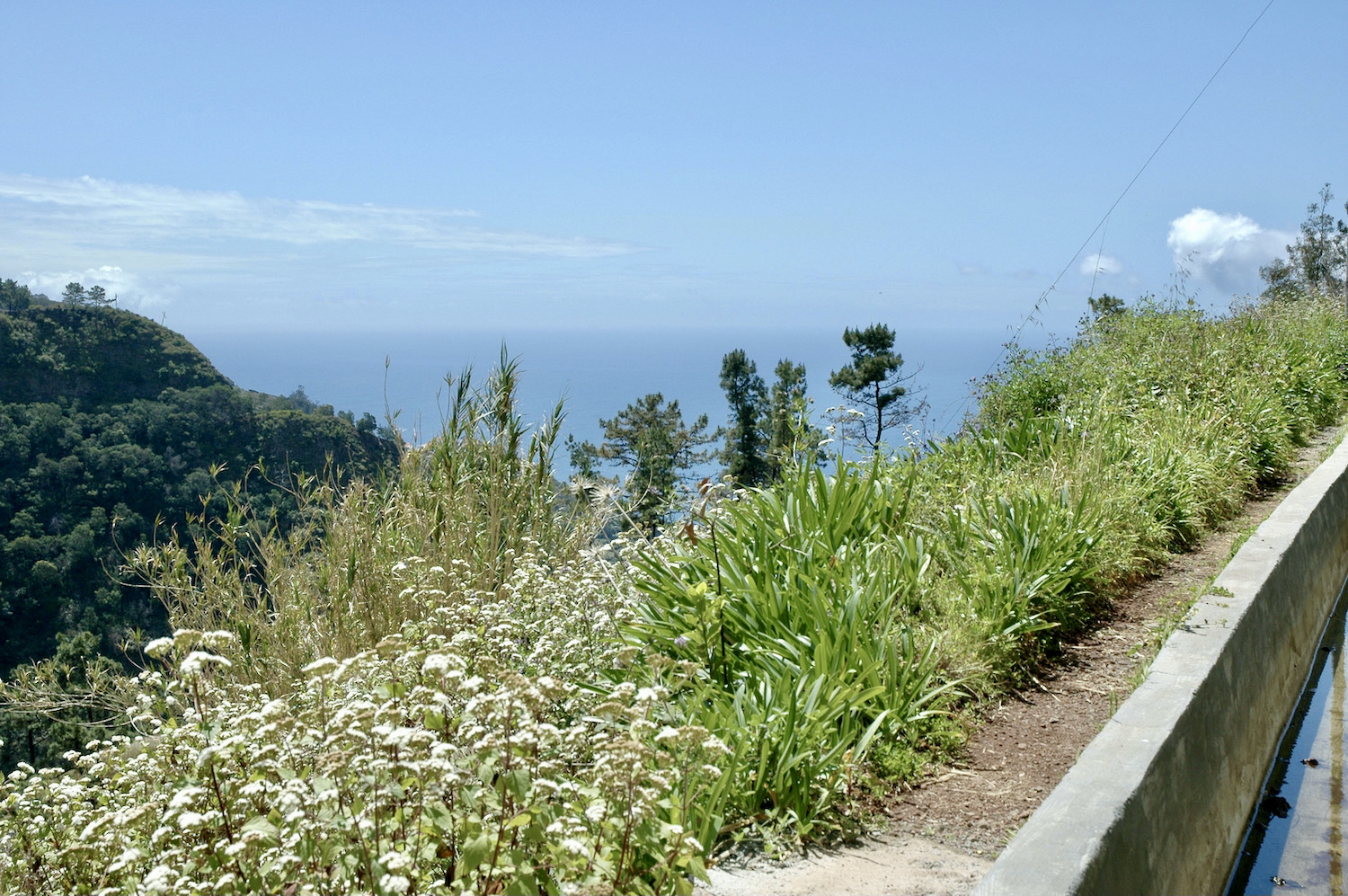
Higher up in the mountains you also find marked trails. You can even climb up to the top of Madeira’s highest mountain, the Pico Ruivo at an altitude of 1,862 m (6,108 ft).
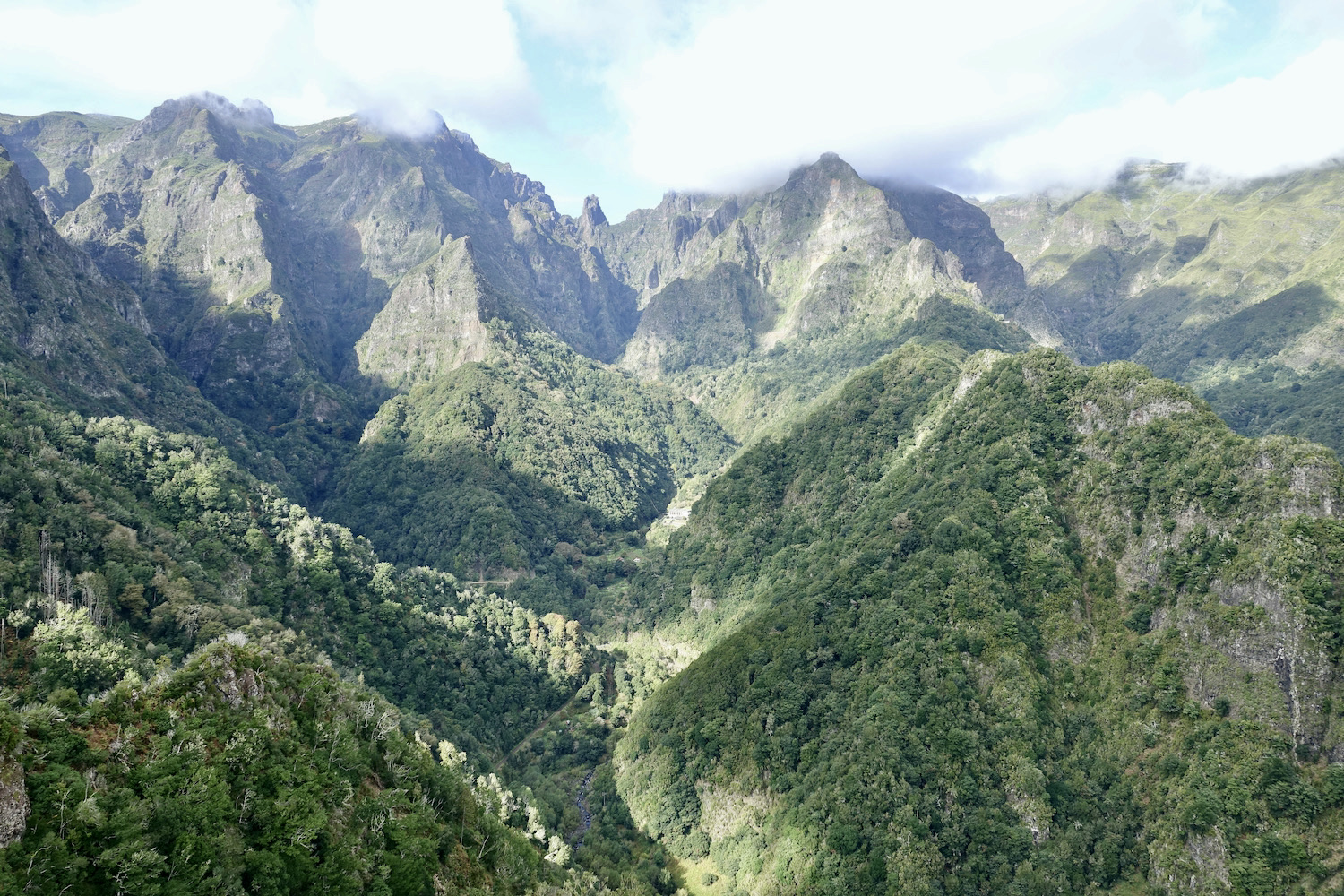
Another recommended trail is a walk/hike on the desert like peninsula in Madeira’s uttermost east.
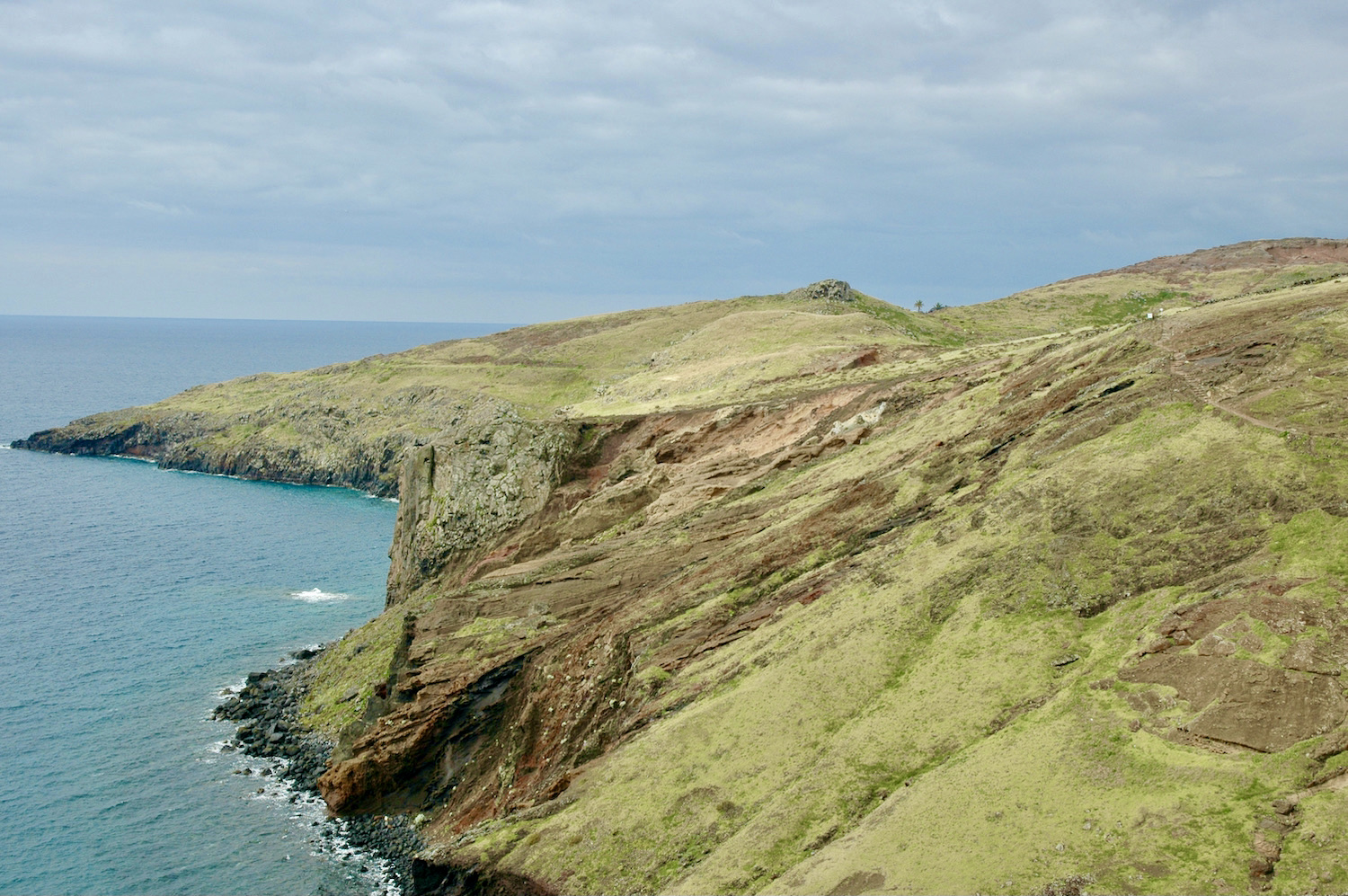
Apart from walking/hiking there is much more to do: trail running, mountain biking, paragliding, surfing, deep-sea fishing, mountaineering, canyoning, dolphins- and whale watching as well as scuba diving. As to the latter, there is a diverse variety of sea life to watch, including the brown moray eel, giant anemone, Atlantic trumpetfish, yellow barracuda, flaming reef lobsters and zebra sea bream.
And of course, there are numerous sights not to be missed. I will not go into details here, only to name a few in Funchal and nearby: several botanical gardens, historic old town of Funchal,
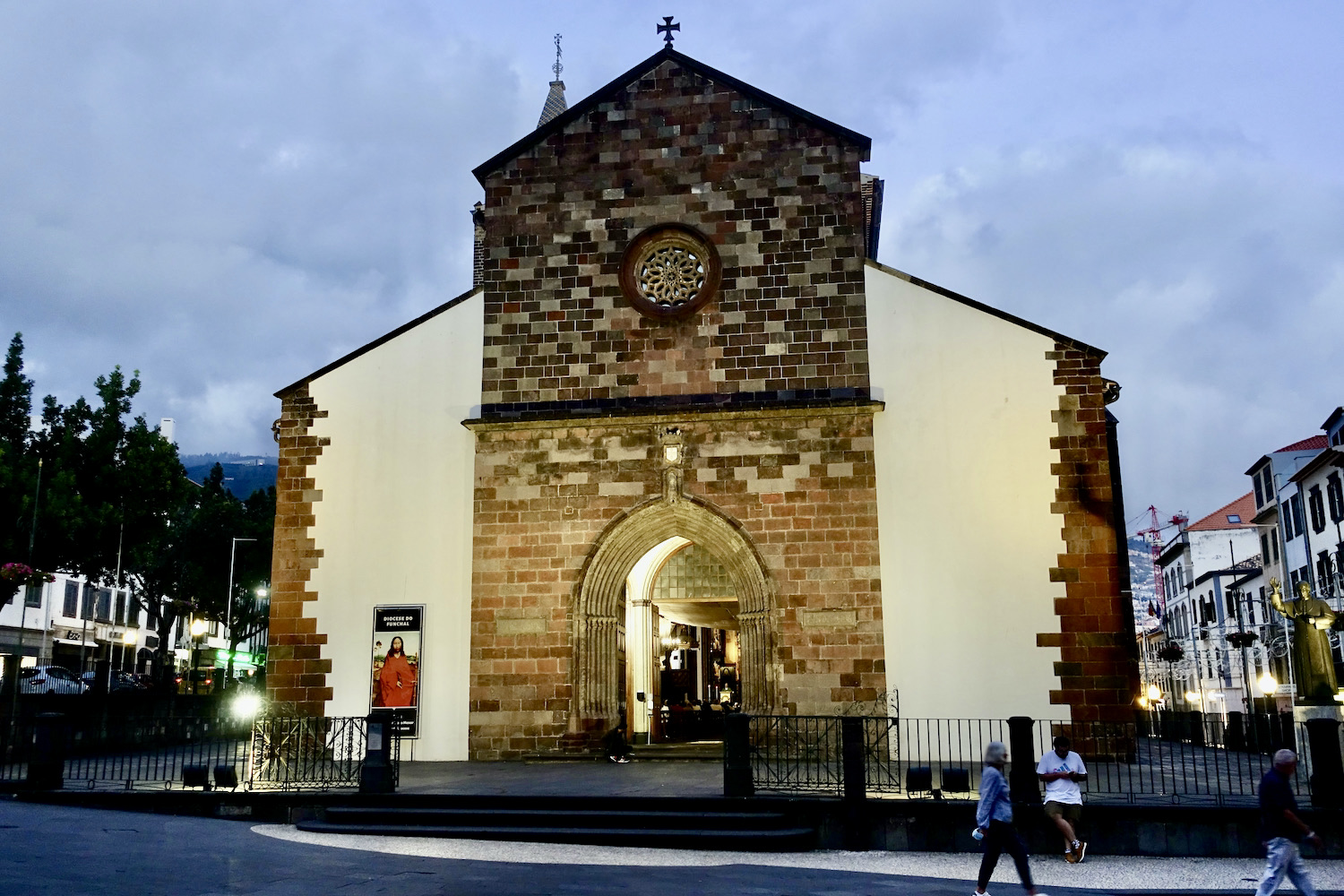
coastal fishing village of Cāmara De Lobos;
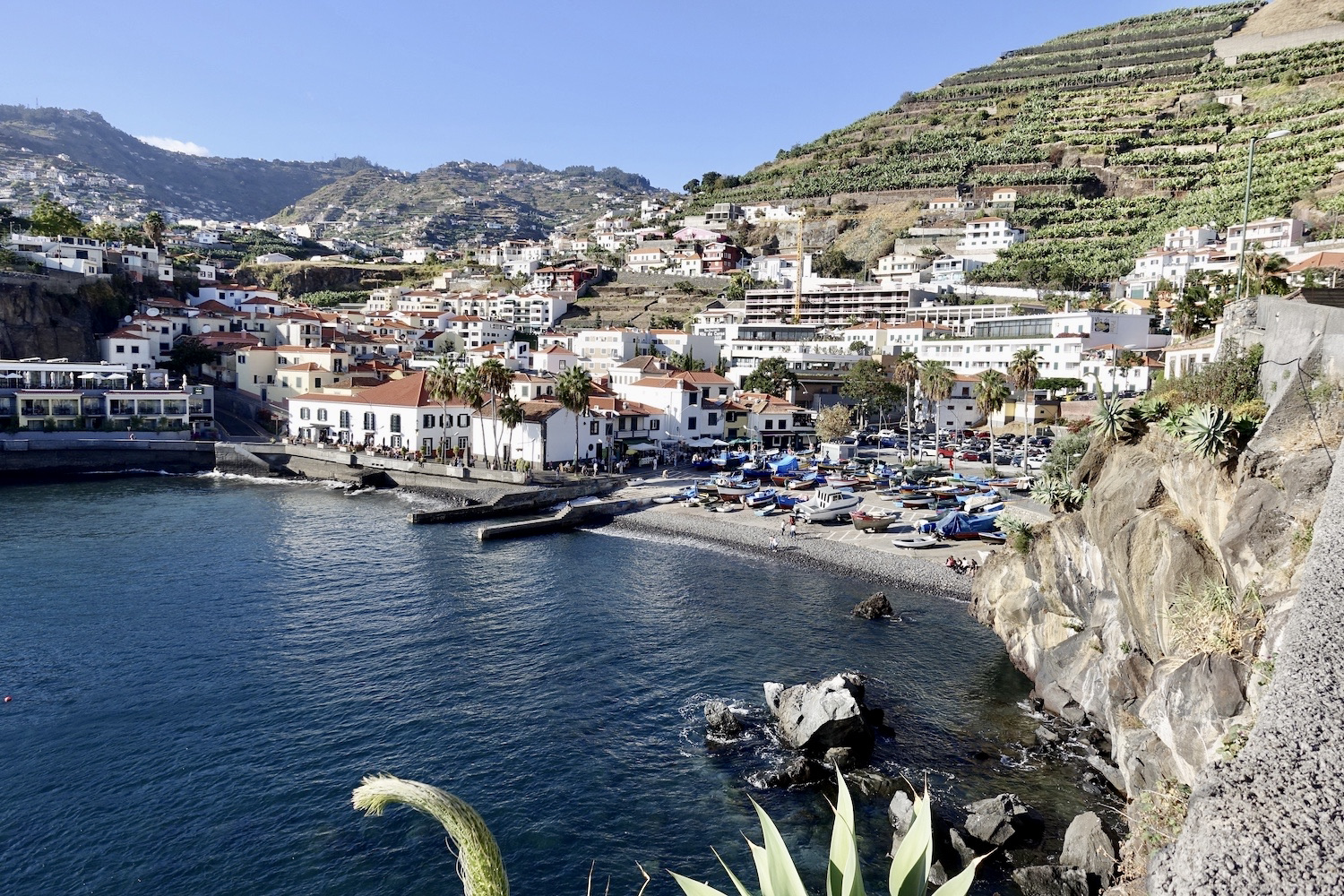
Cabo Girāo Skywalk, Europe’s highest cliff skywalk,
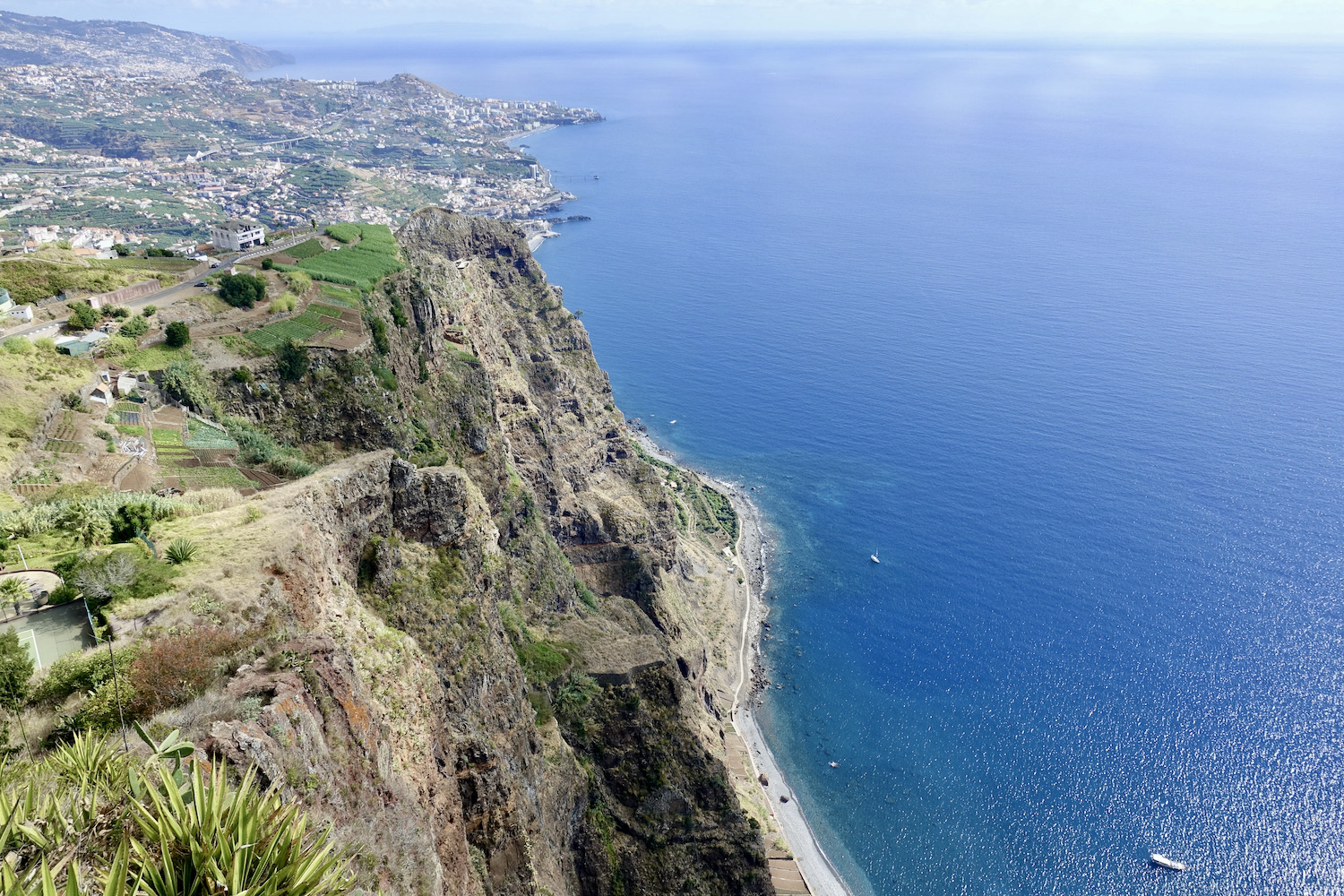
and so one.
How to get around in Madeira?
Madeira’s road network resembles that of my home country, Switzerland. There are lots of tunnels and elevated highways, which allow rapid travel through peaks. This well–developed road network is a consequence of Portugal’s joining the European Community. In such a way, Madeira got access to correspondent development funds. Having said that, there are still small, steep and curvy roads once you come to the mountains.
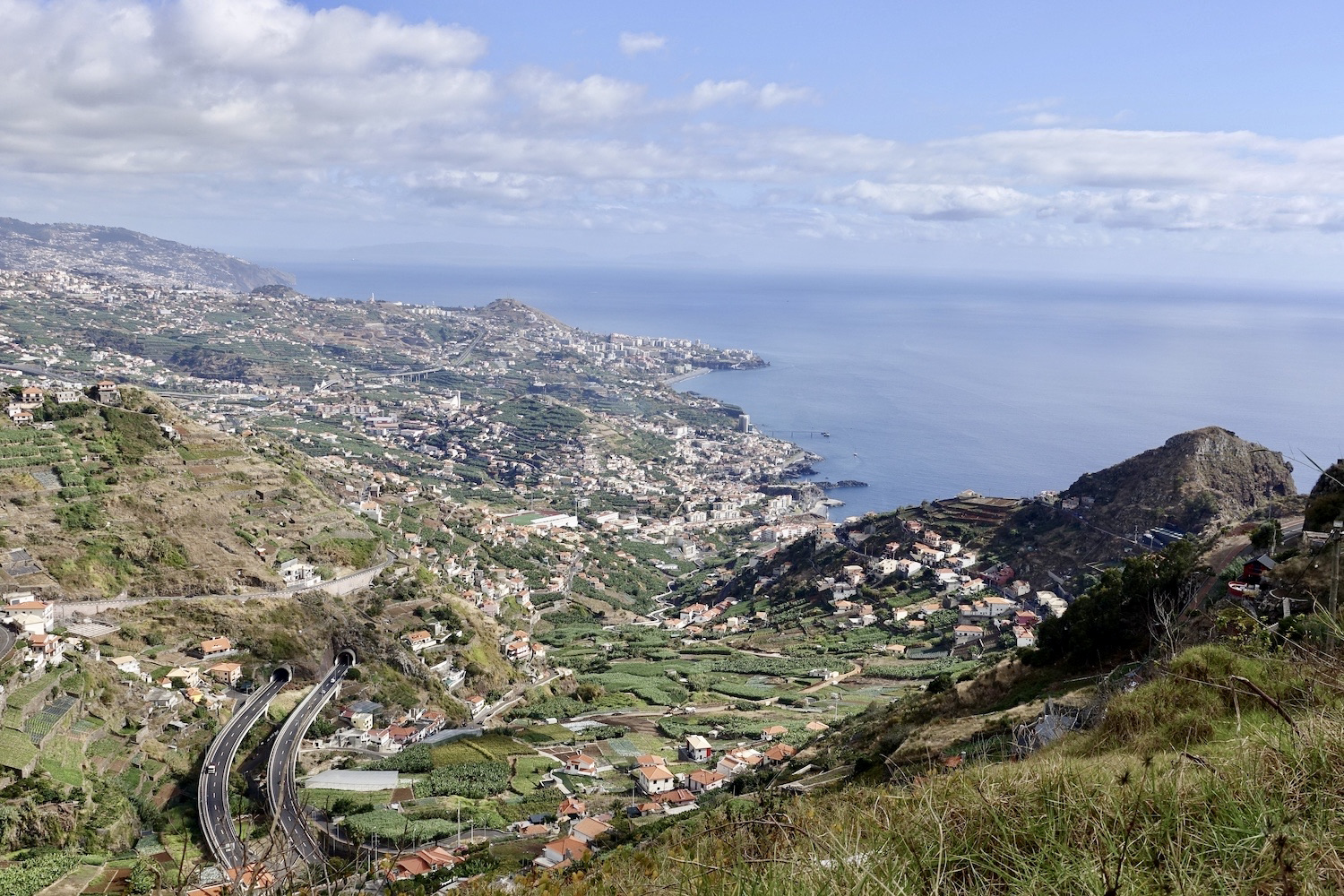
The best way to get around is by rental car. I recommend opting for a smaller car. And this is because there are still many mountains roads criss-crossing the island. You will not be able to avoid them if you are on your way to certain trailheads.
The bus network is quite dense, especially around Funchal. You can reach a number of sights by bus. However, be aware of the fact that you will not be able to get to all the interesting spots on the island in this manner.
Are there any other interesting facts about Madeira?
First, the island of Madeira is famous for its Madeira wines, which are liqueur resp. fortified wines. They have an alcohol content of 17 to 22% by volume. You drink them not with food – they are not dinner wines – , but either as aperitif or dessert wines. As to their making, wines are heated first before they are carefully cooled down again. Then you let them mature for at least 18 months.
Second, there are numerous celebrations that take place here, for instance flower, organ, philharmonic and – of course – wine festivals. If you are interested in attending a specific one, check out Madeira’s festival calendar.
At last, some lines to the food you encounter in this autonomous Portuguese region. The cuisine here is healthy and rich. Typical dishes are bife de atum com milho frito (tuna with fried corn), filete de espada (scabbard fish),
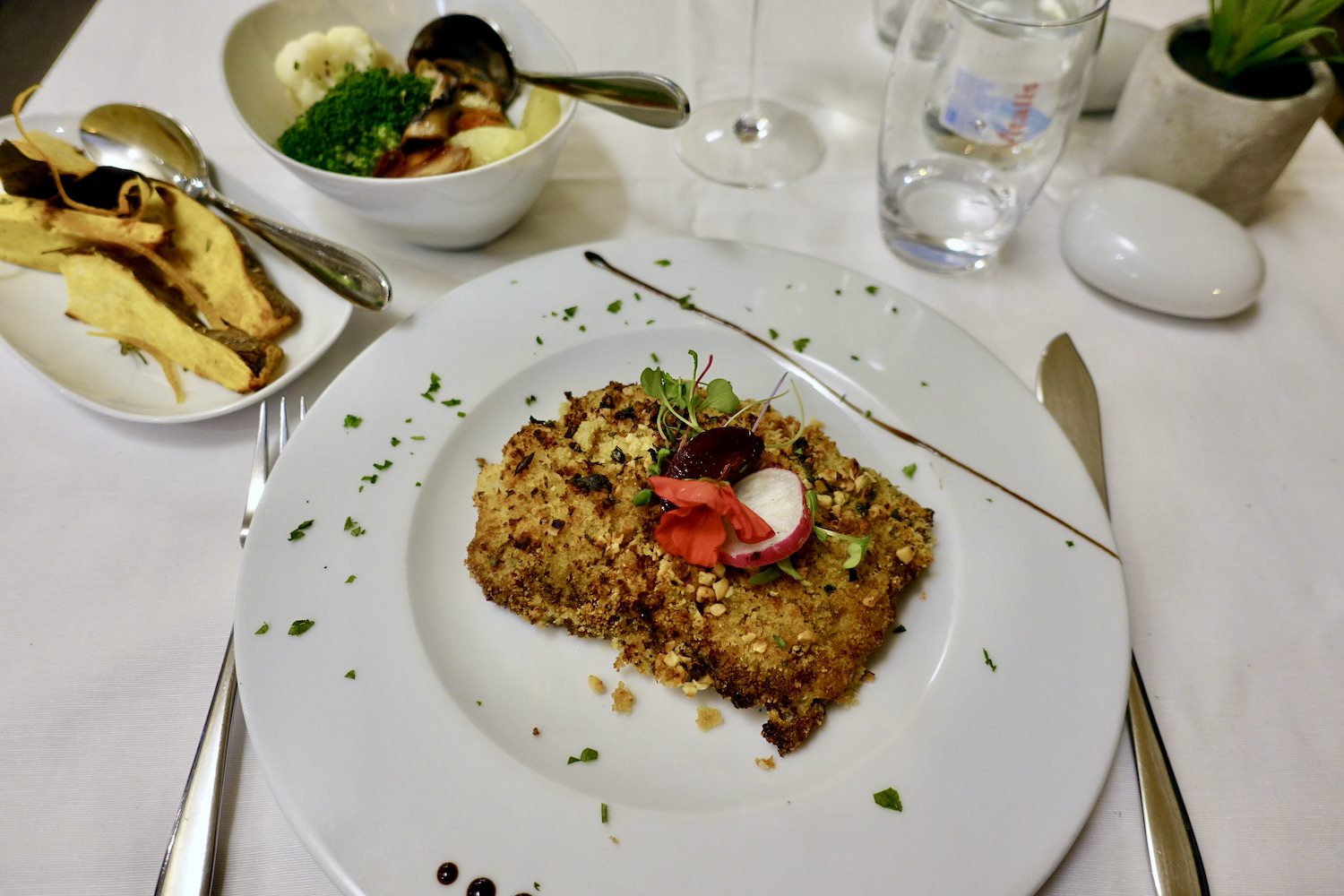
espetada (meat skewers), pudim de maracuja (passionfruit pudding) or lapas (limpets).
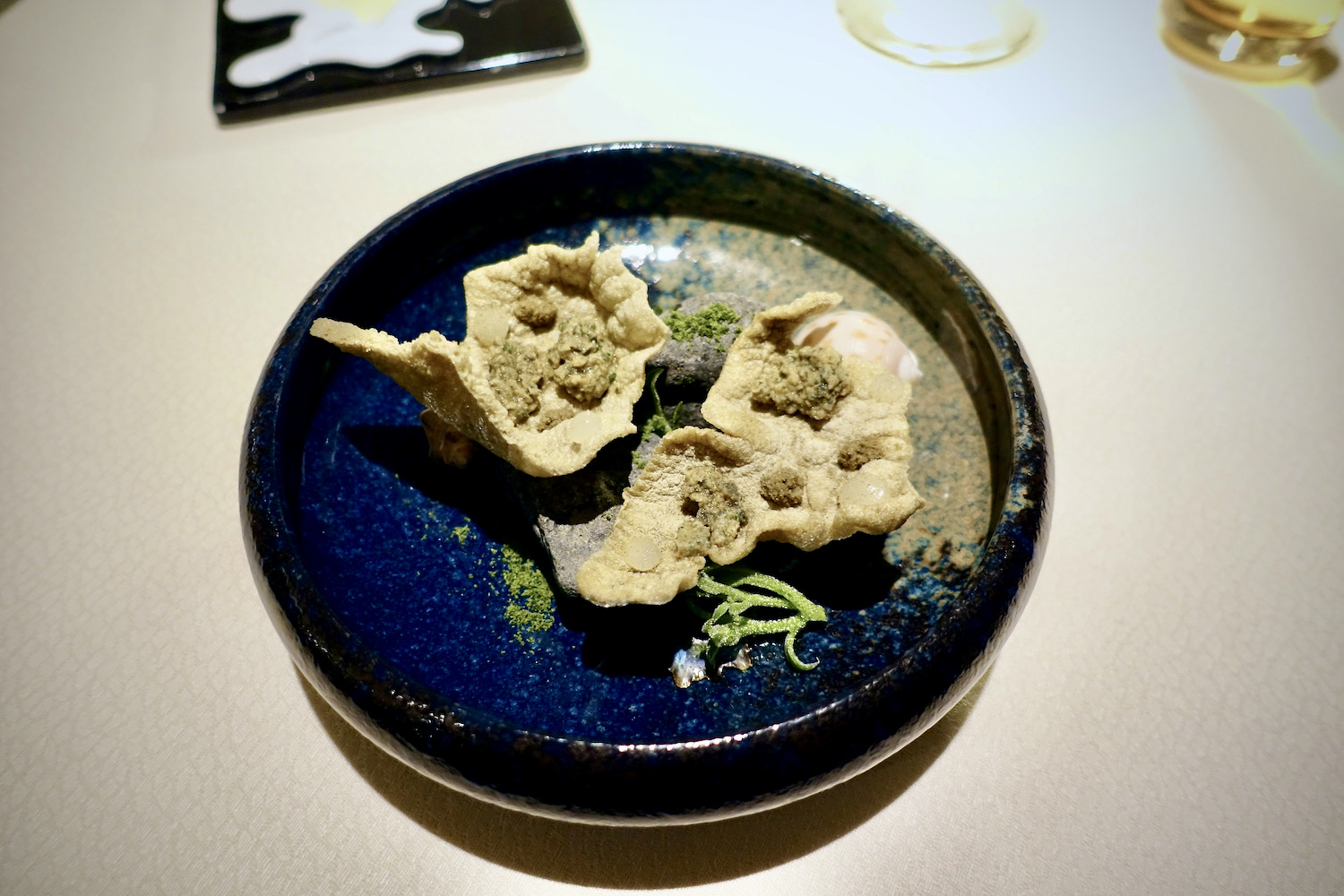
Other staples are bolo de caco (circular flatbread), bolo de mel (sugarcane honey cake)
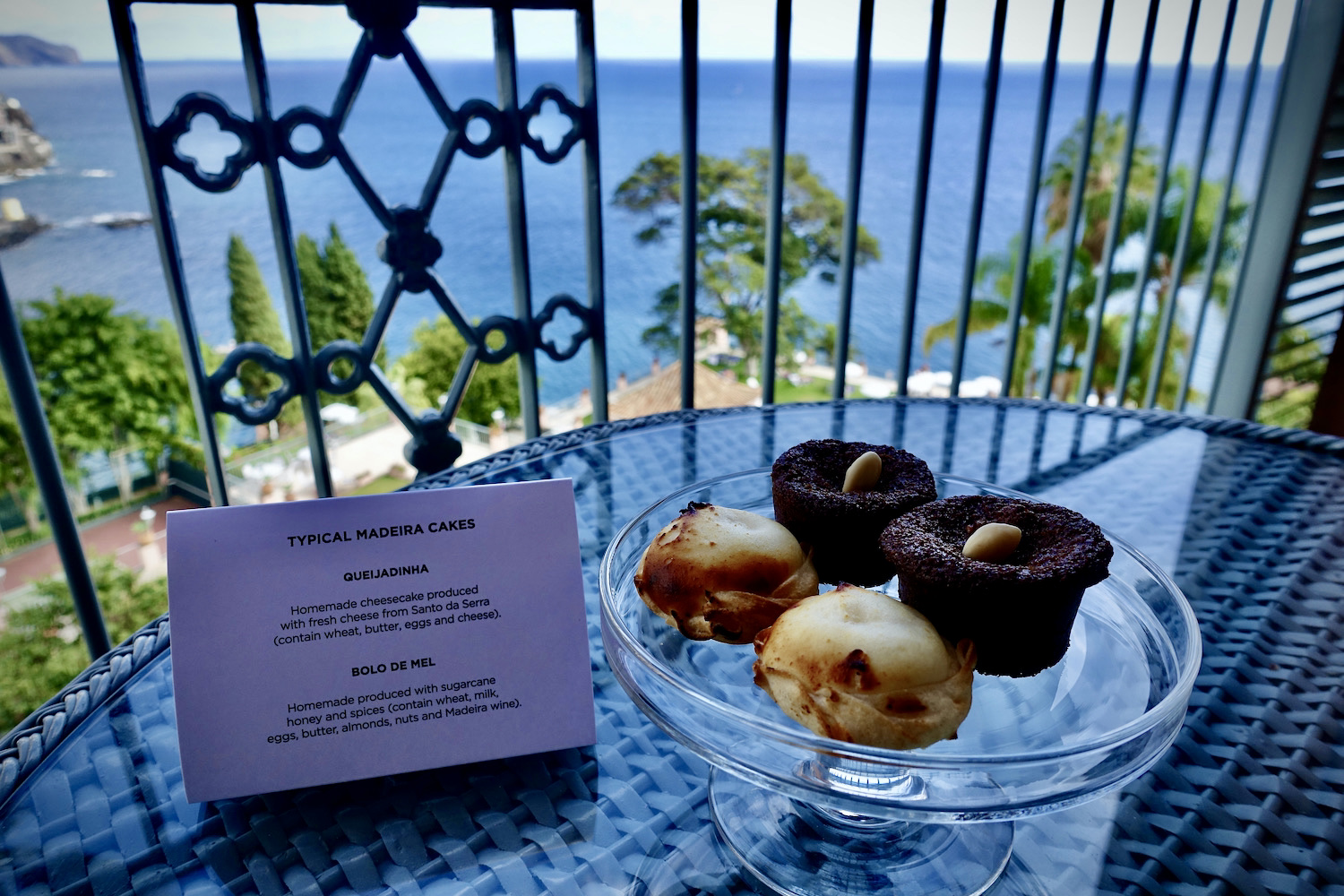
or broas de mel (molasses cookies).
And if you want to try the local drink, then you have to ask for a poncha. It is made with aguardente de cana (distilled alcohol made from sugar cane juice), honey, sugar and fruit juices (orange, lemon or other).
What is next on my blog about Madeira?
In case this information has made you more curious about this island, you might also be interested in where to stay on a possible visit to Madeira. This will be the topic of my next blogpost. I will start with a brief glance at the beginning of the island’s hotel industry before going into Madeira’s current luxury hotel landscape. A closer look at two high-end accommodations where I stayed on my recent stay will follow (Reid’s Palace and Les Suites at The Cliff Bay).
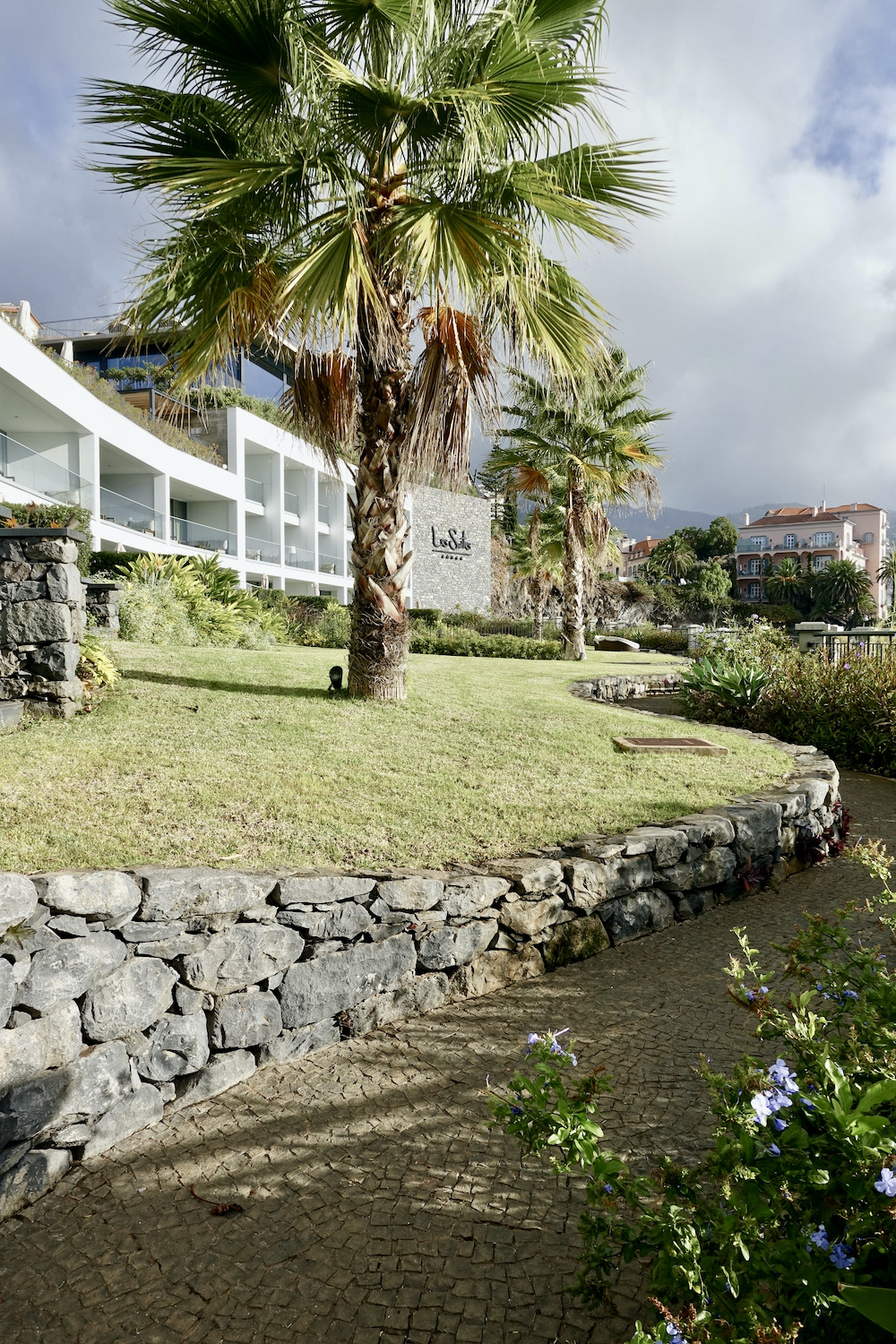
And to end my mini series about this island, I will give advice where to go for dining in style when visiting Madeira, either at hotel restaurants or outside.
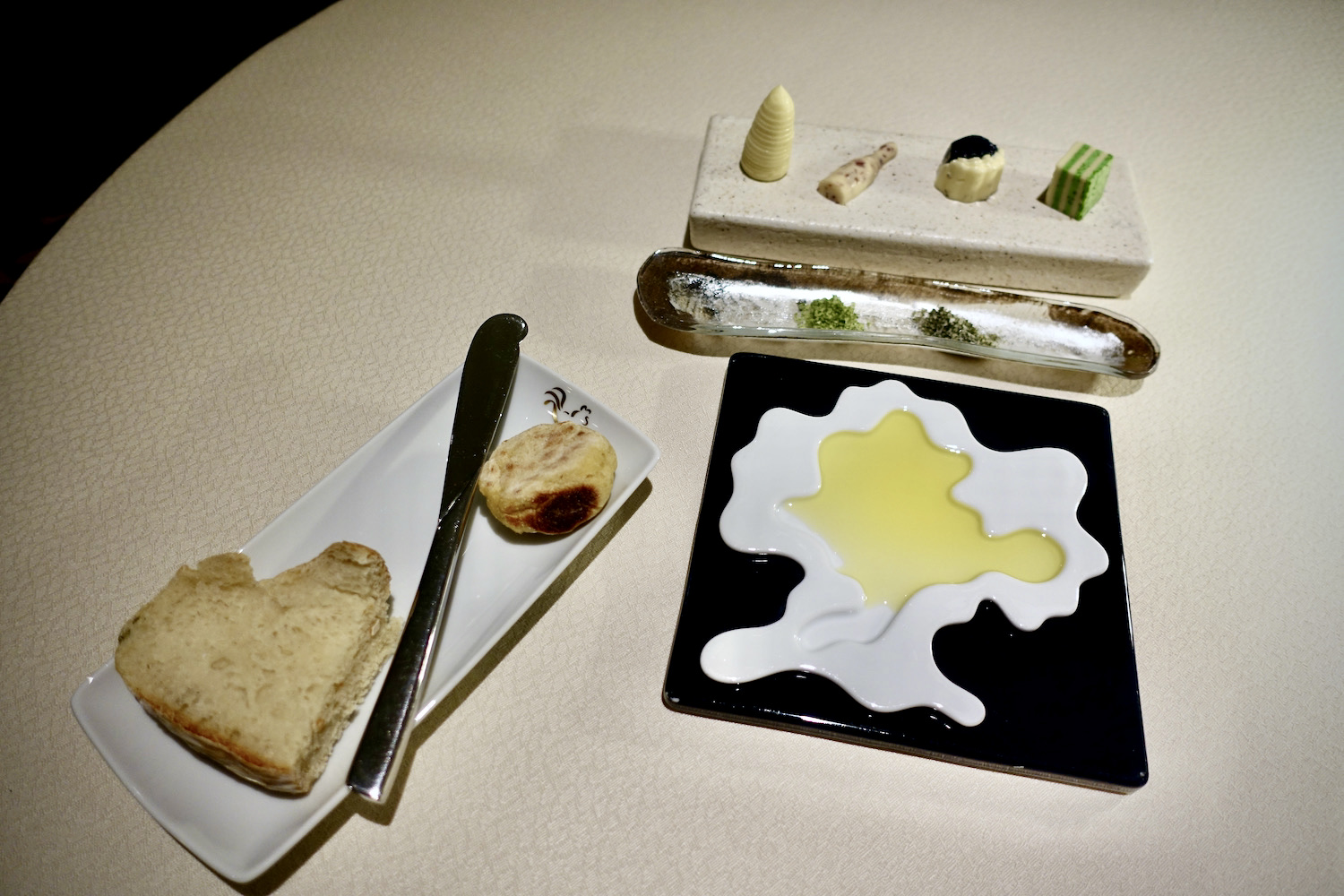
Pin it for later
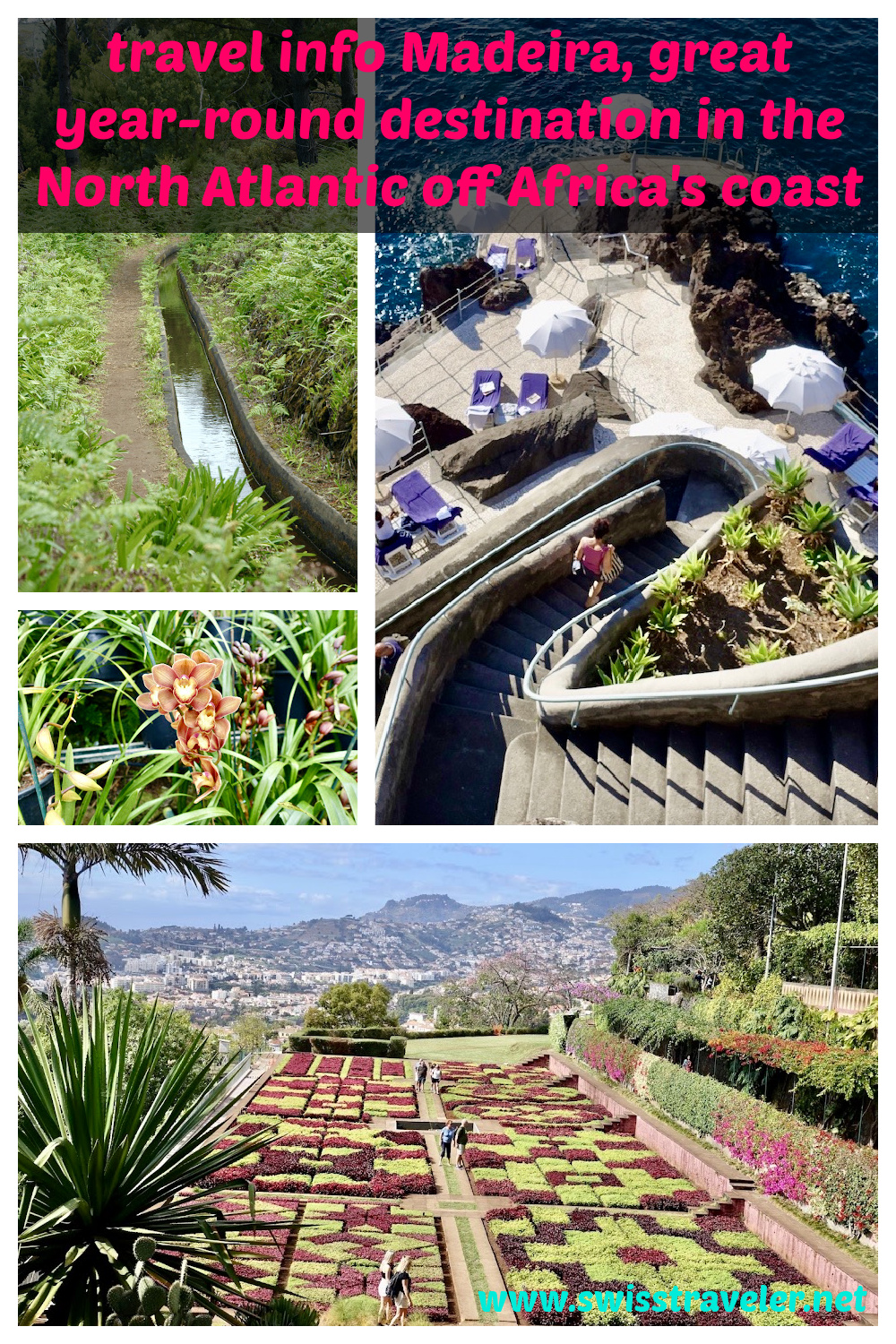
The post Madeira, the flower island in the North Atlantic off Africa’s coast first appeared on Swiss Traveler

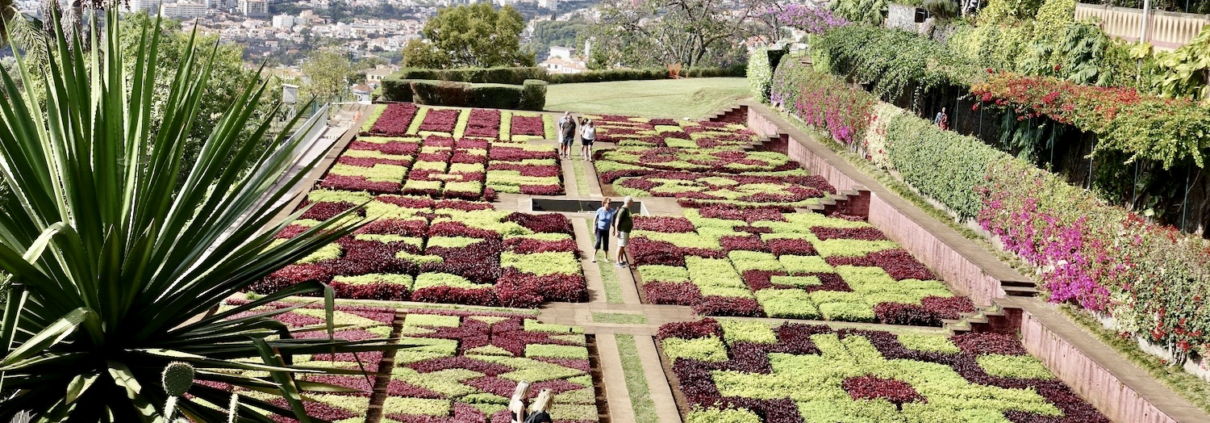
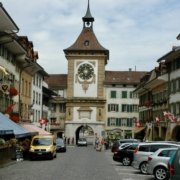
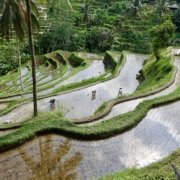
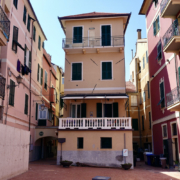
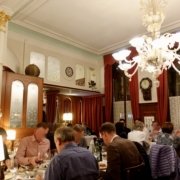
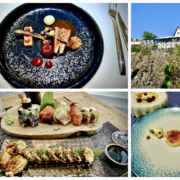
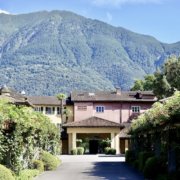


Leave a Reply
Want to join the discussion?Feel free to contribute!